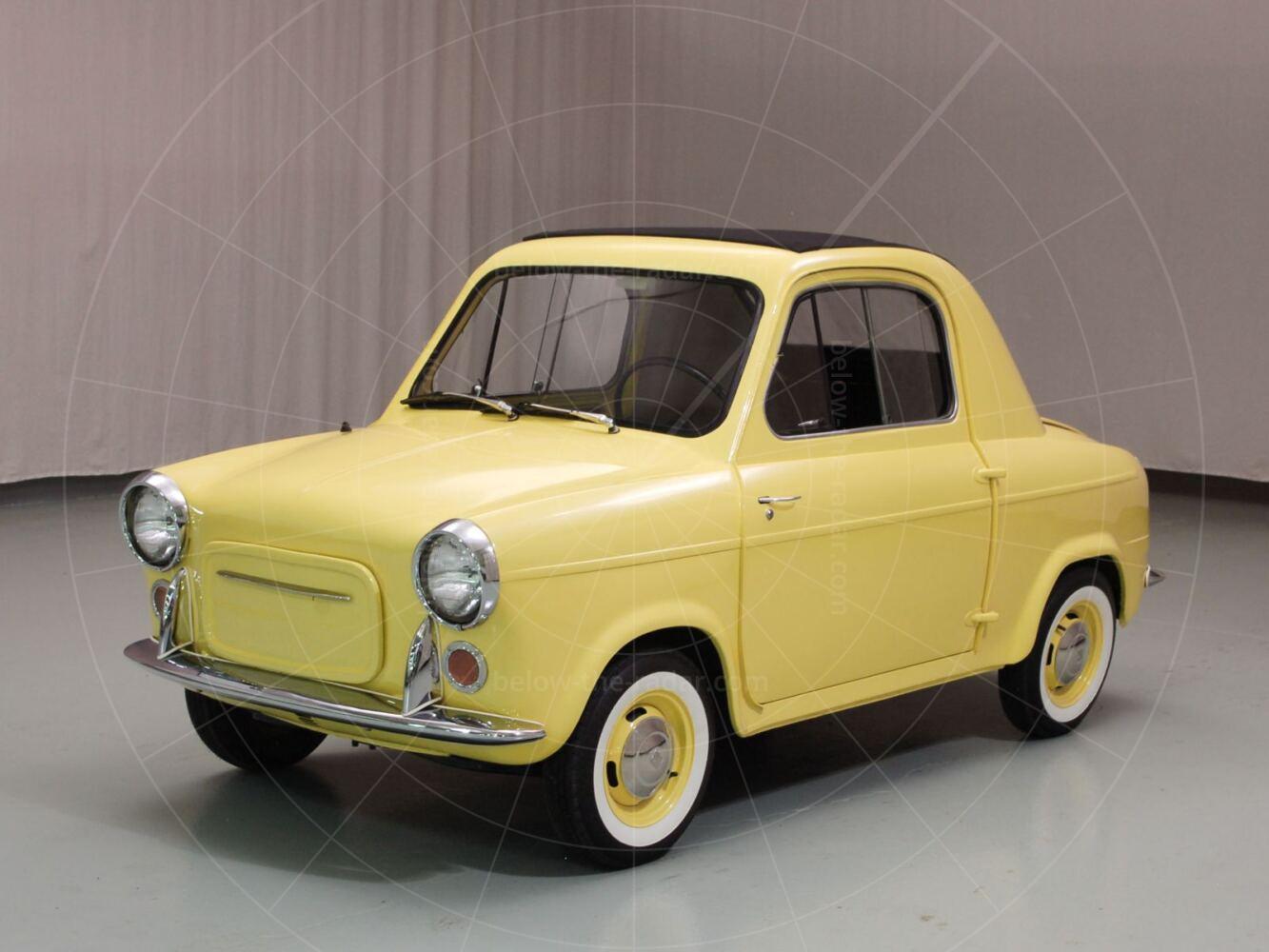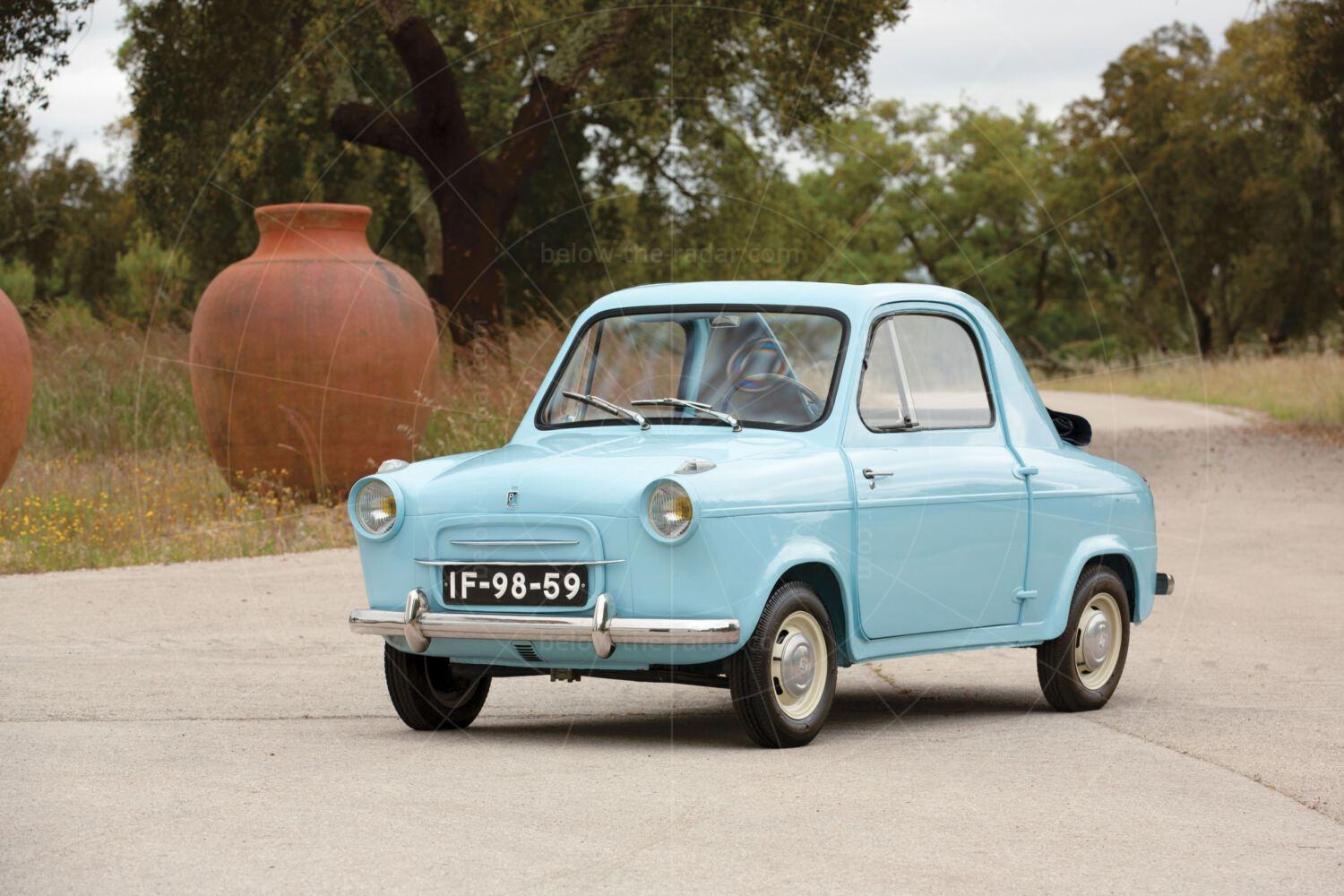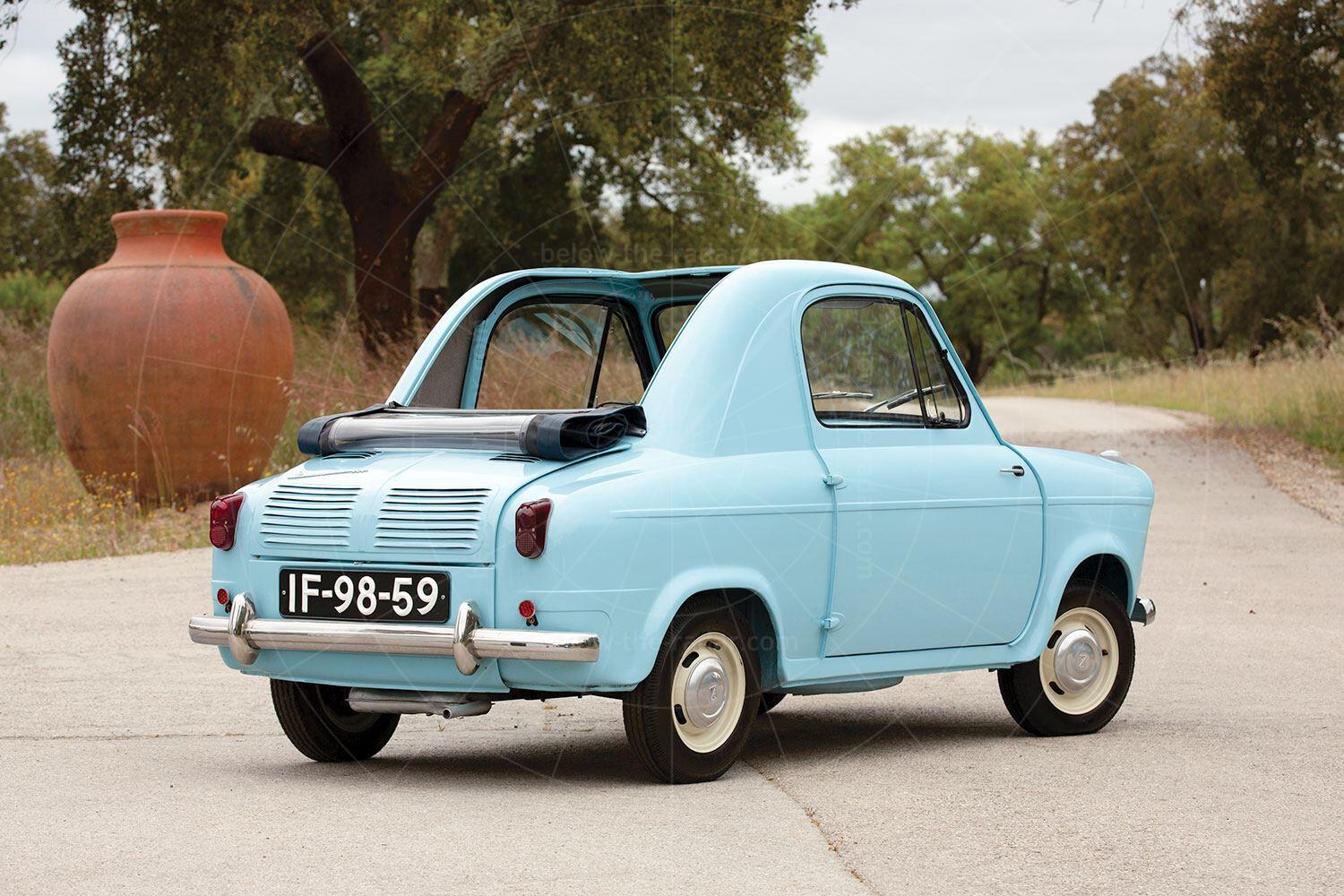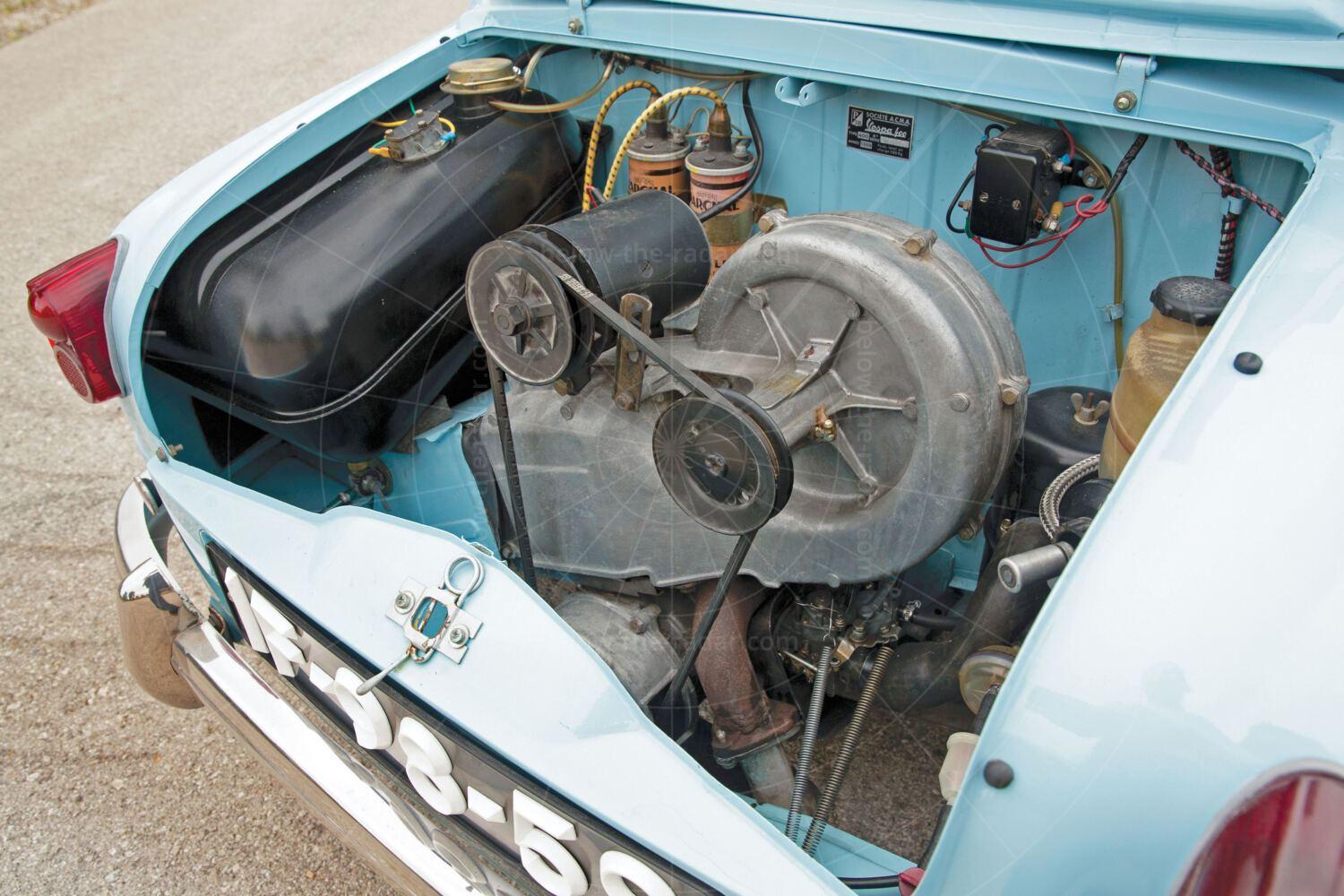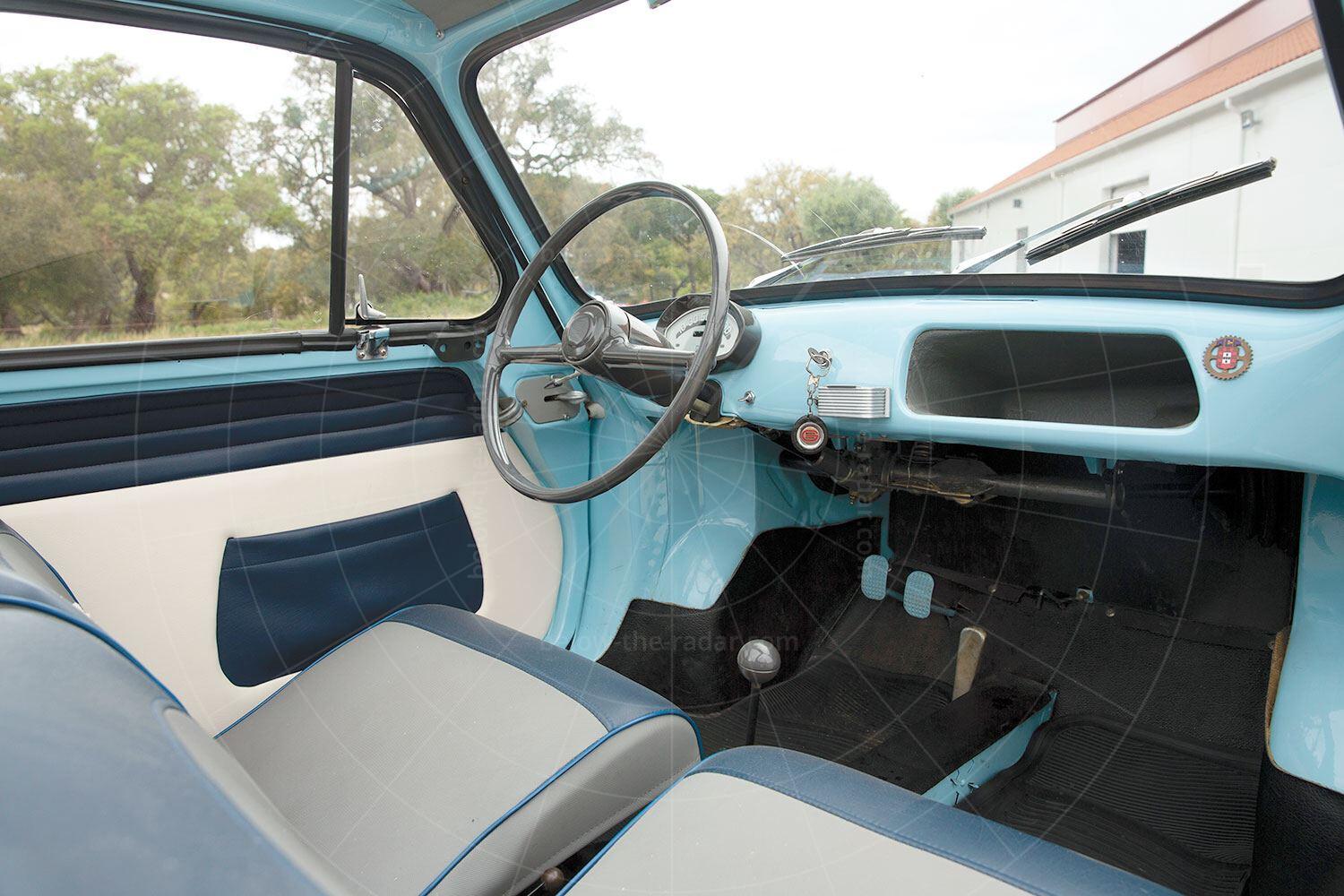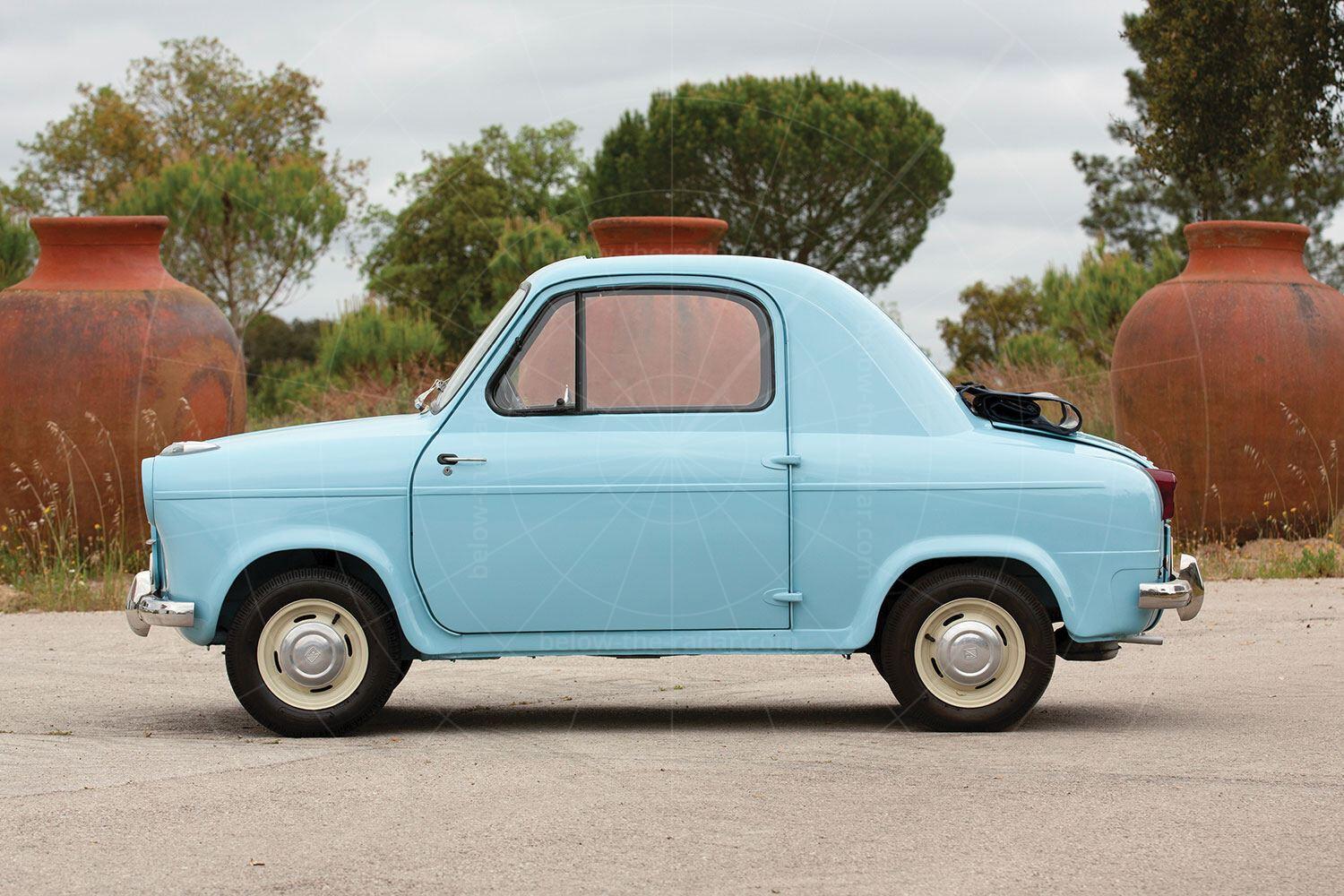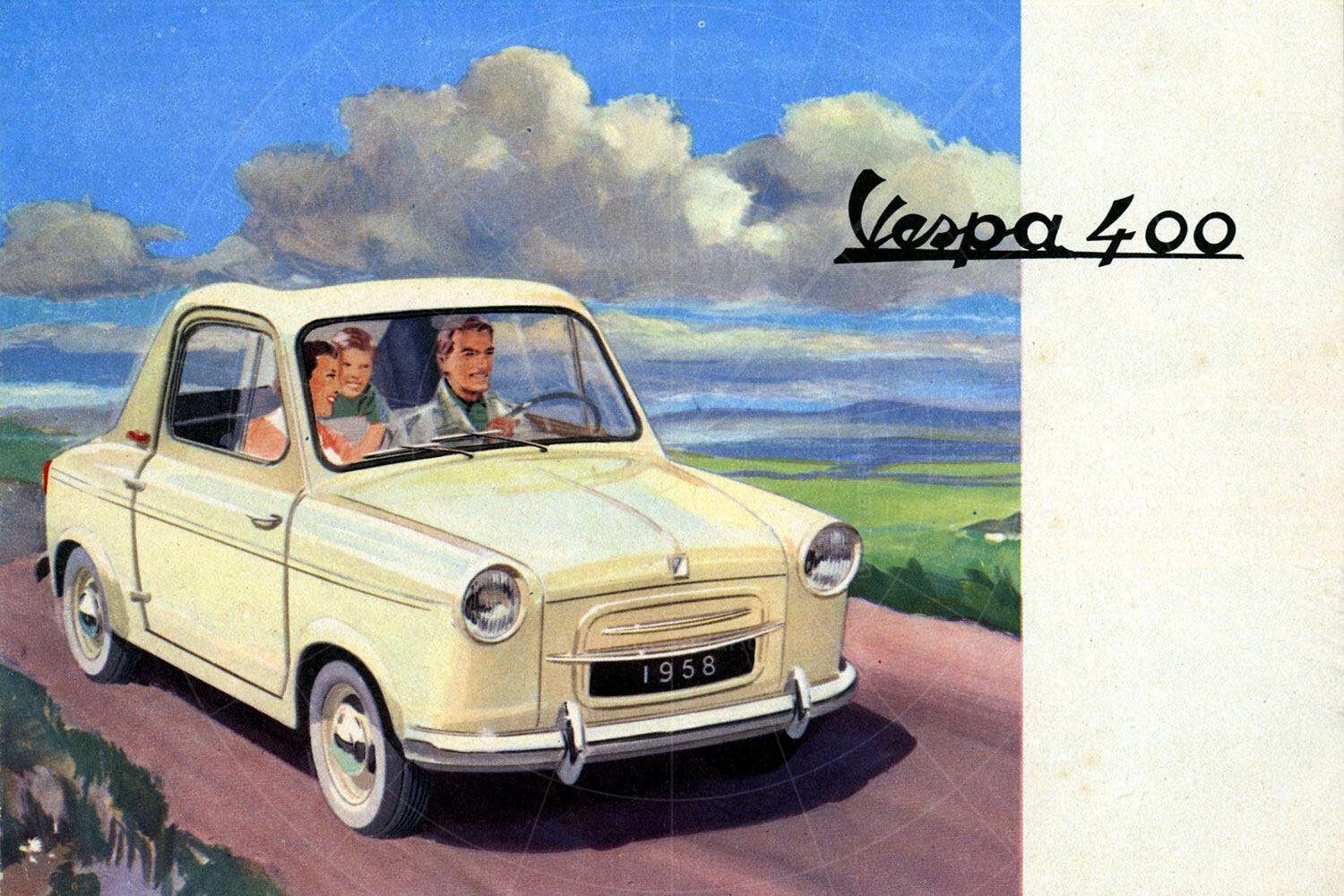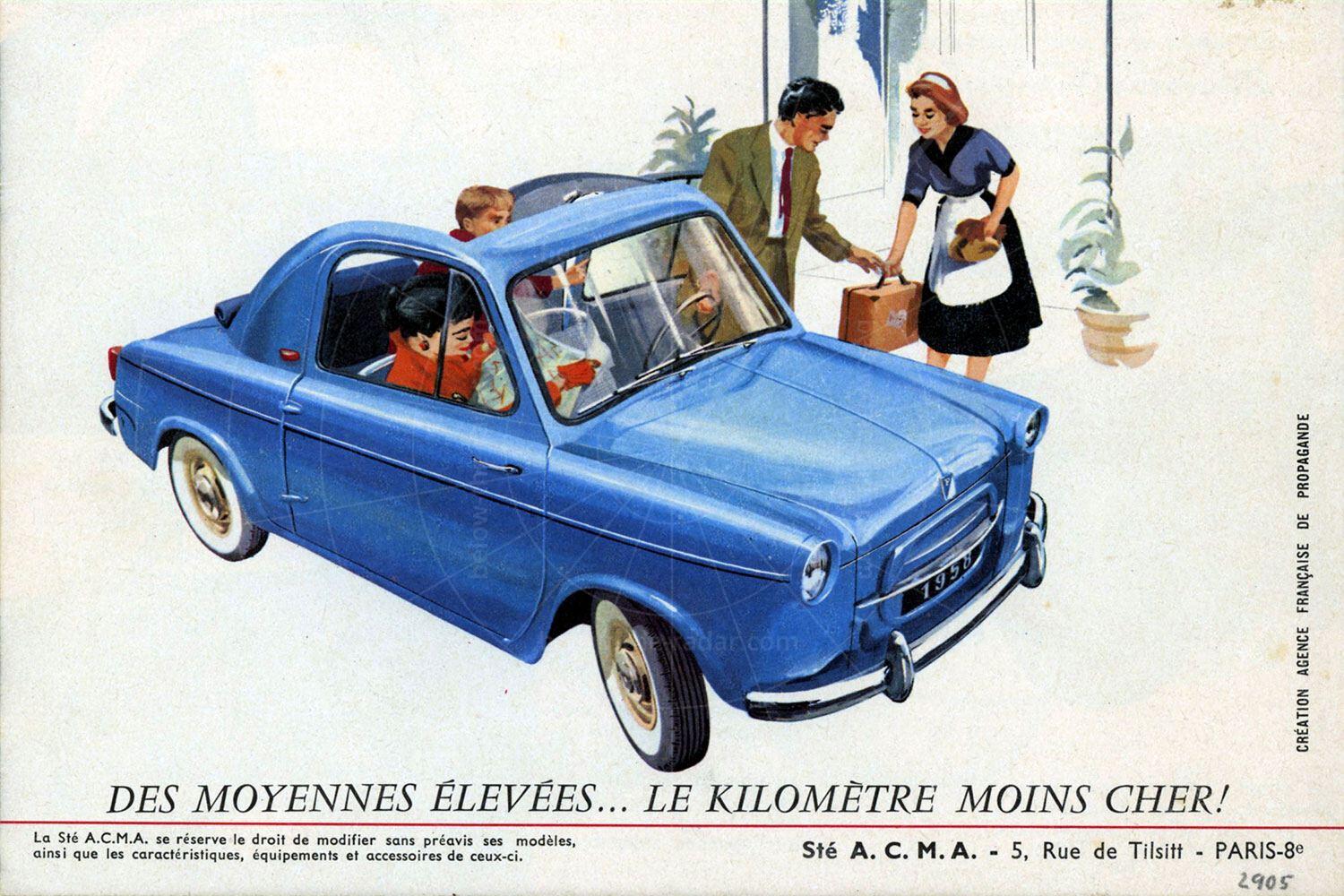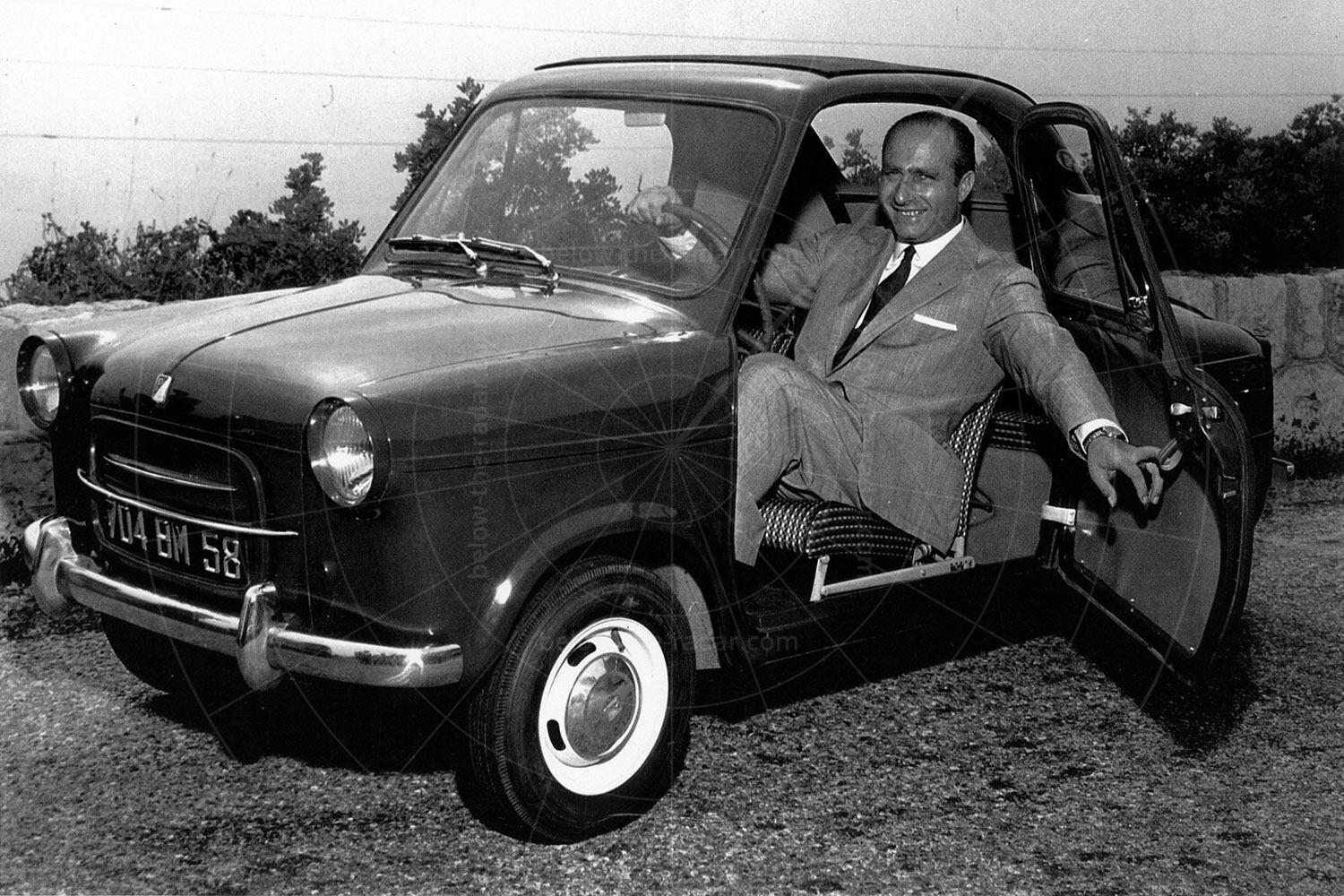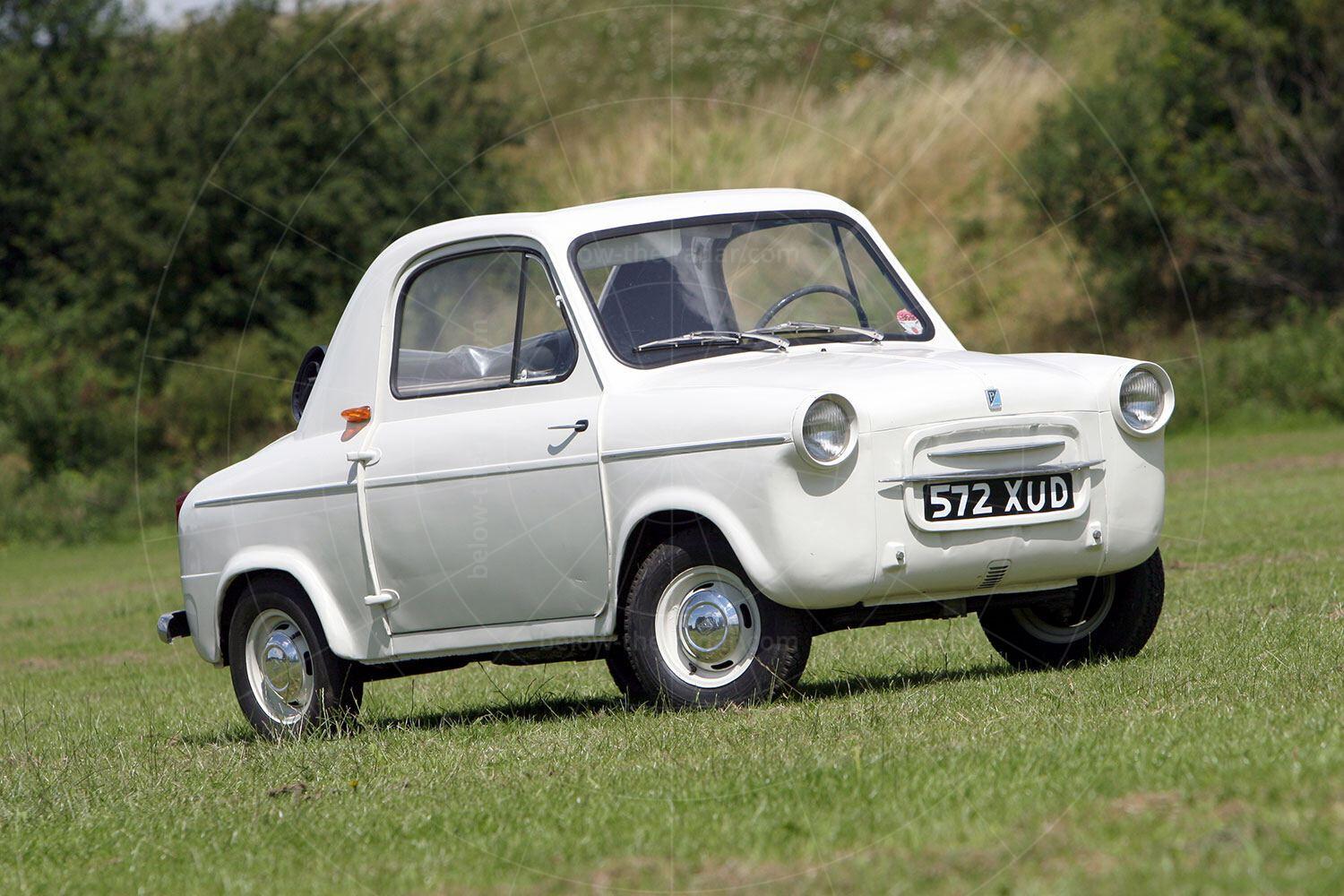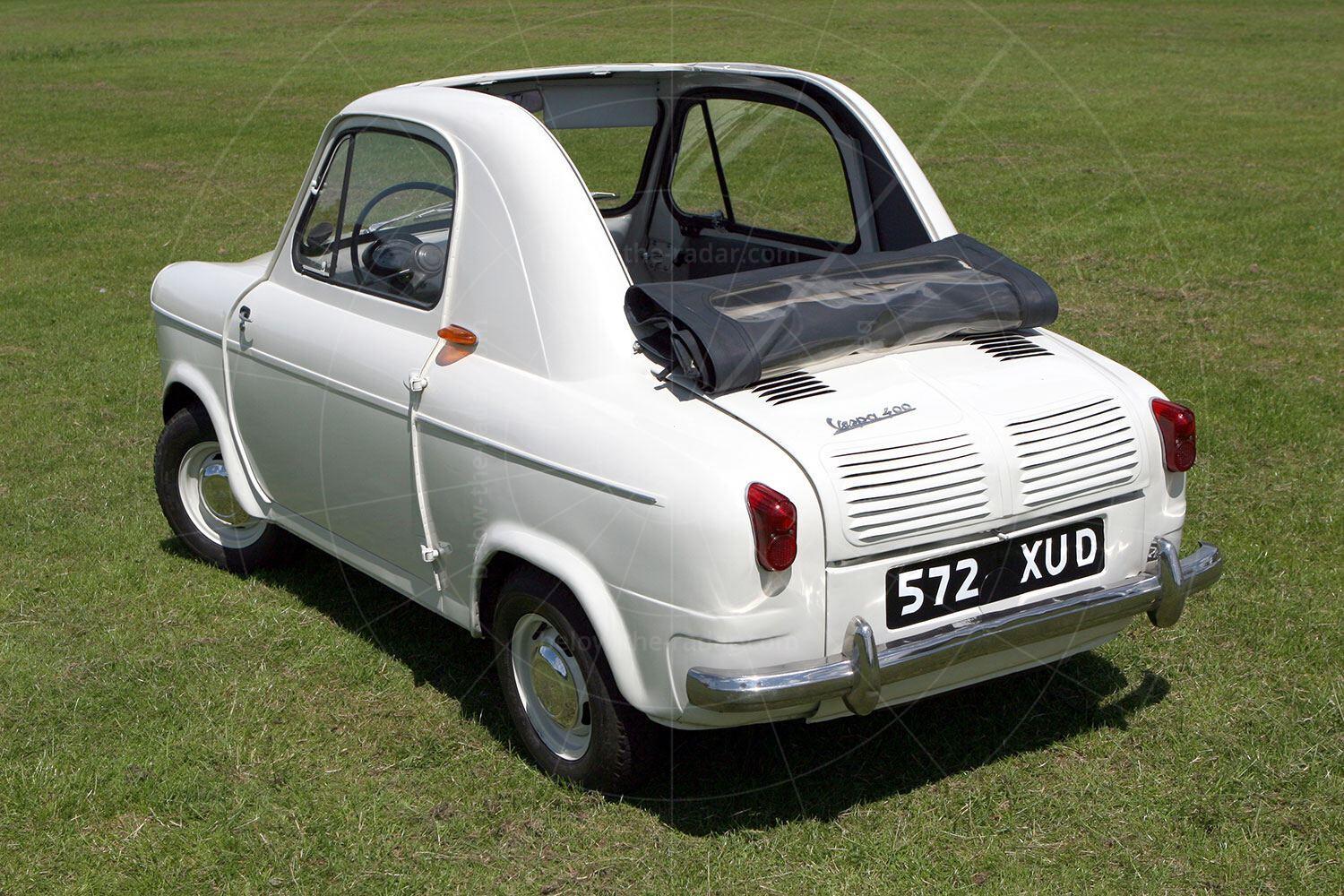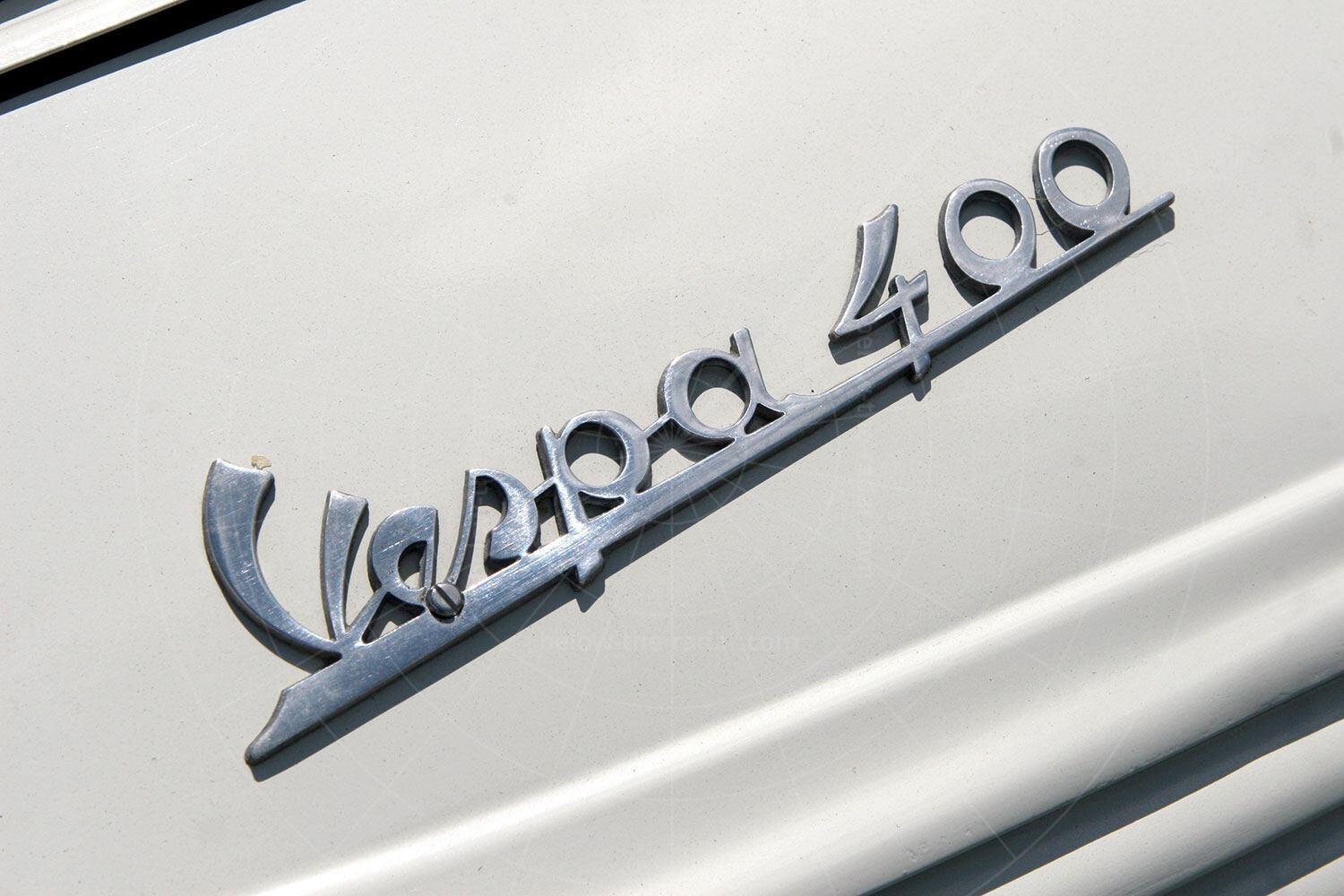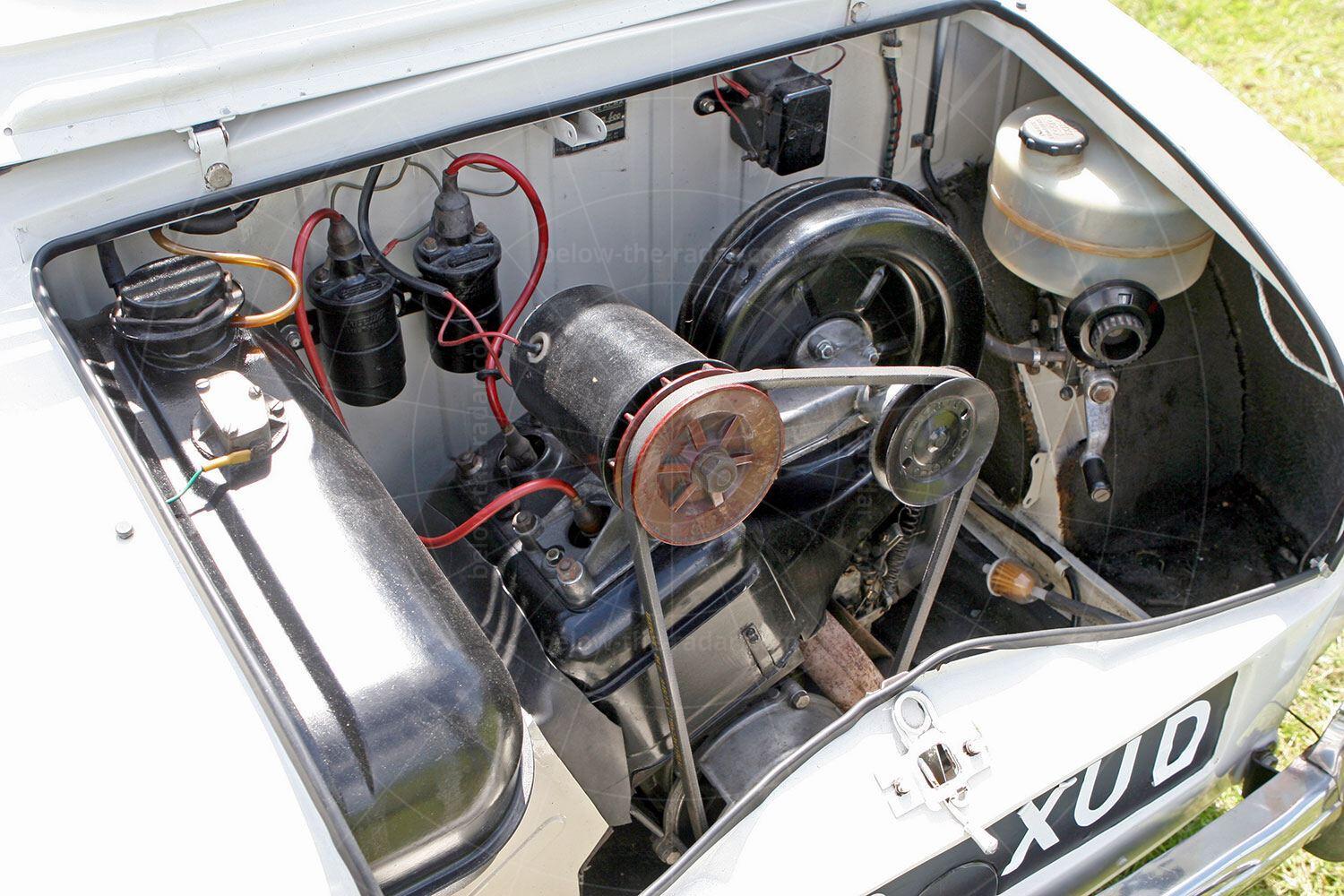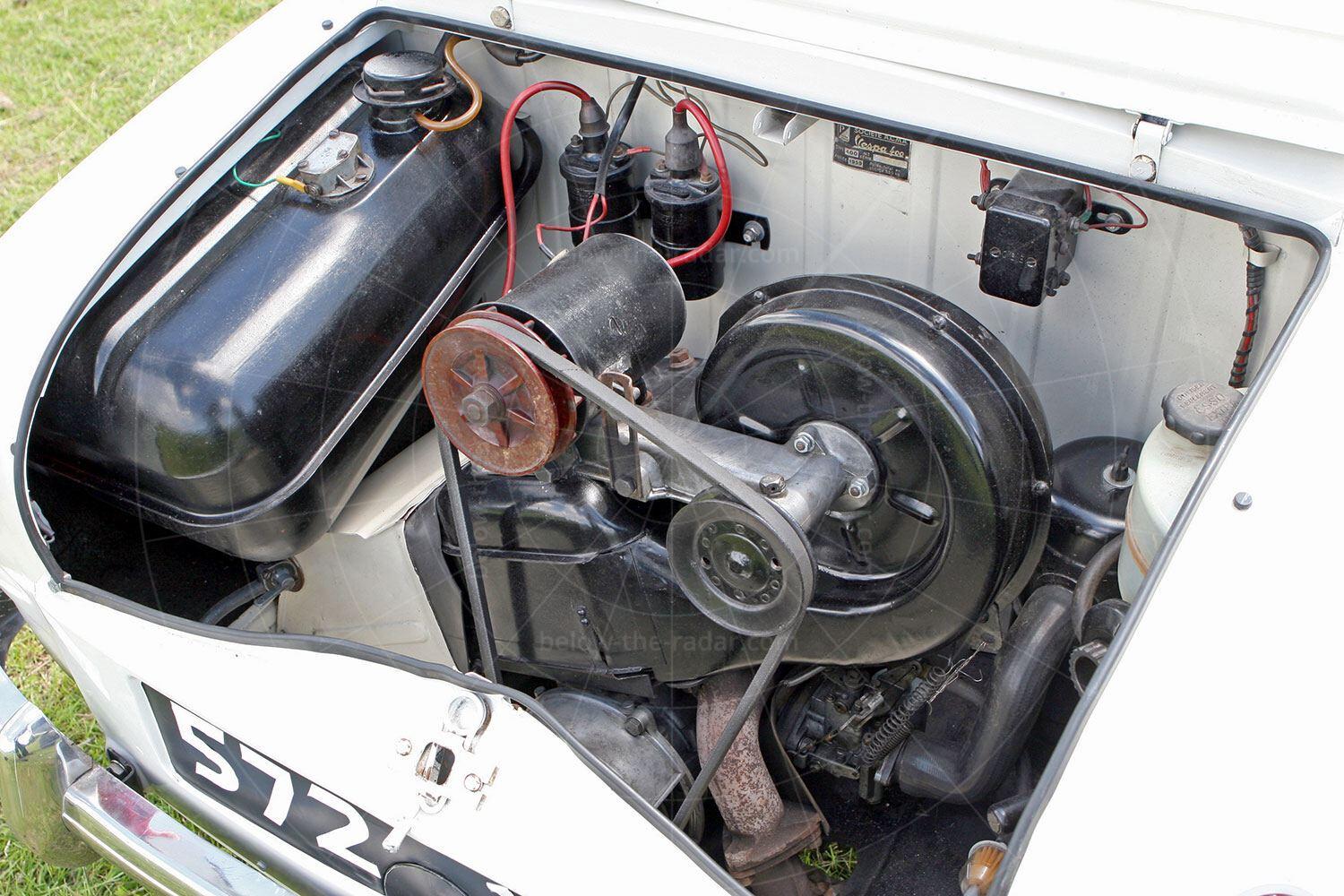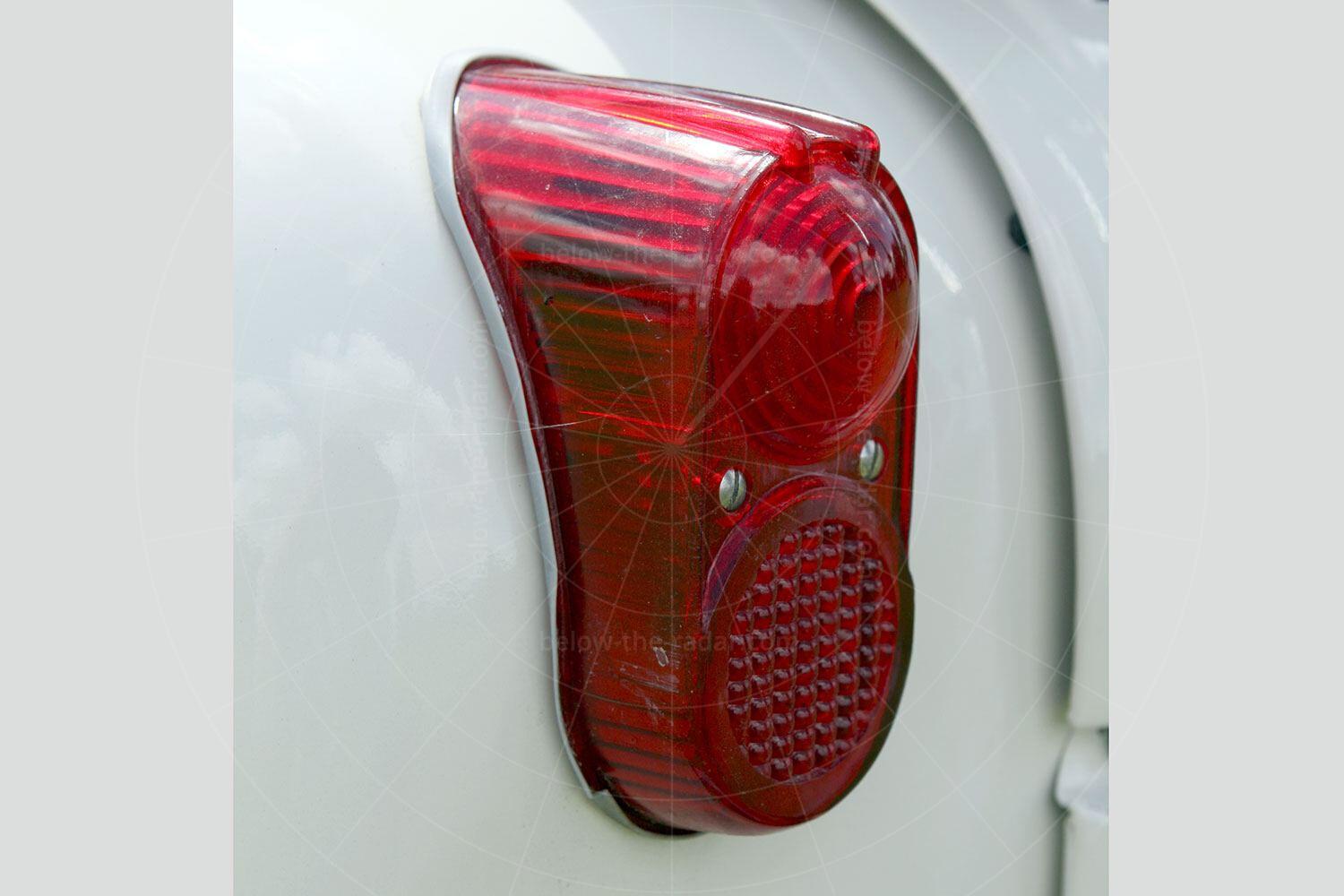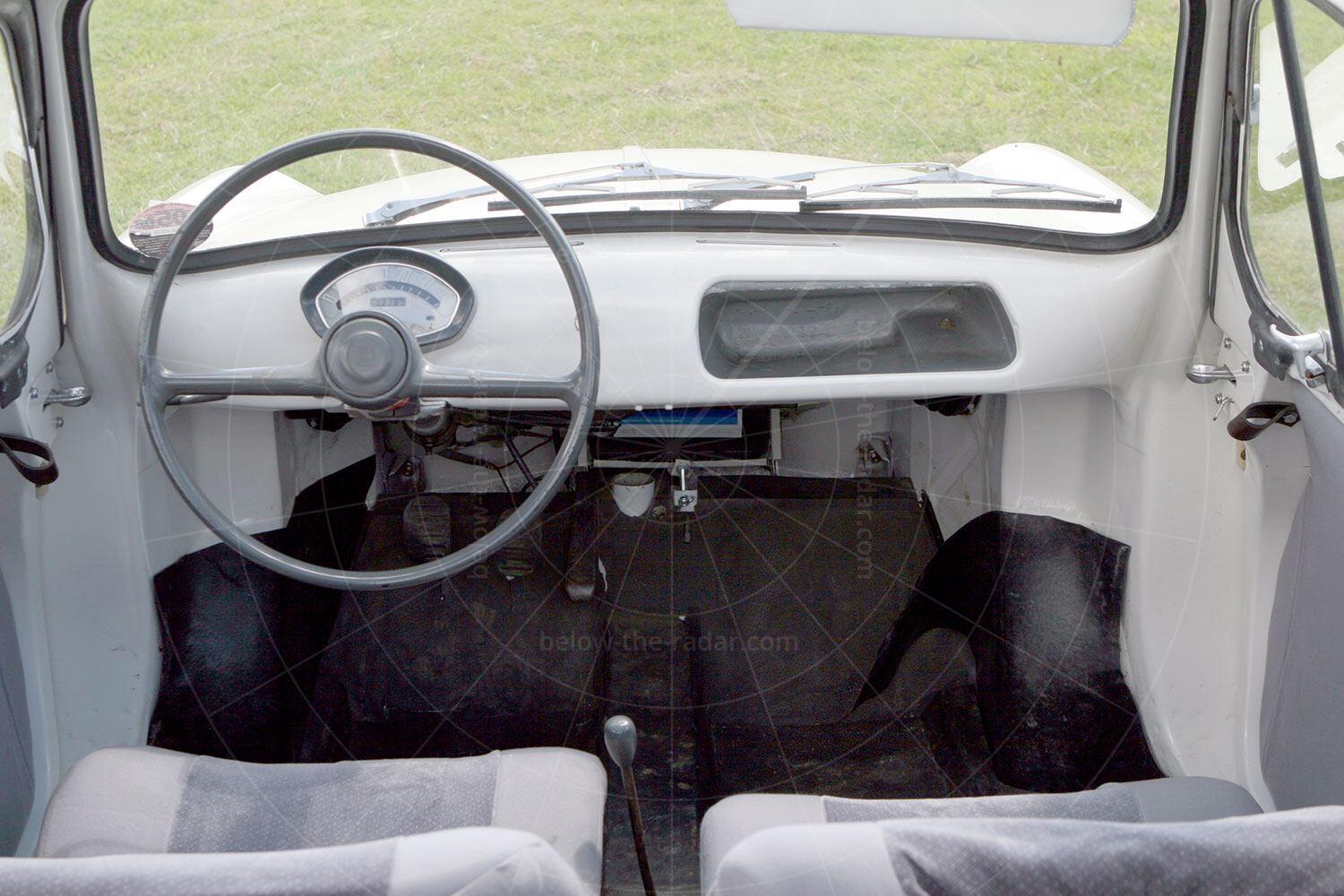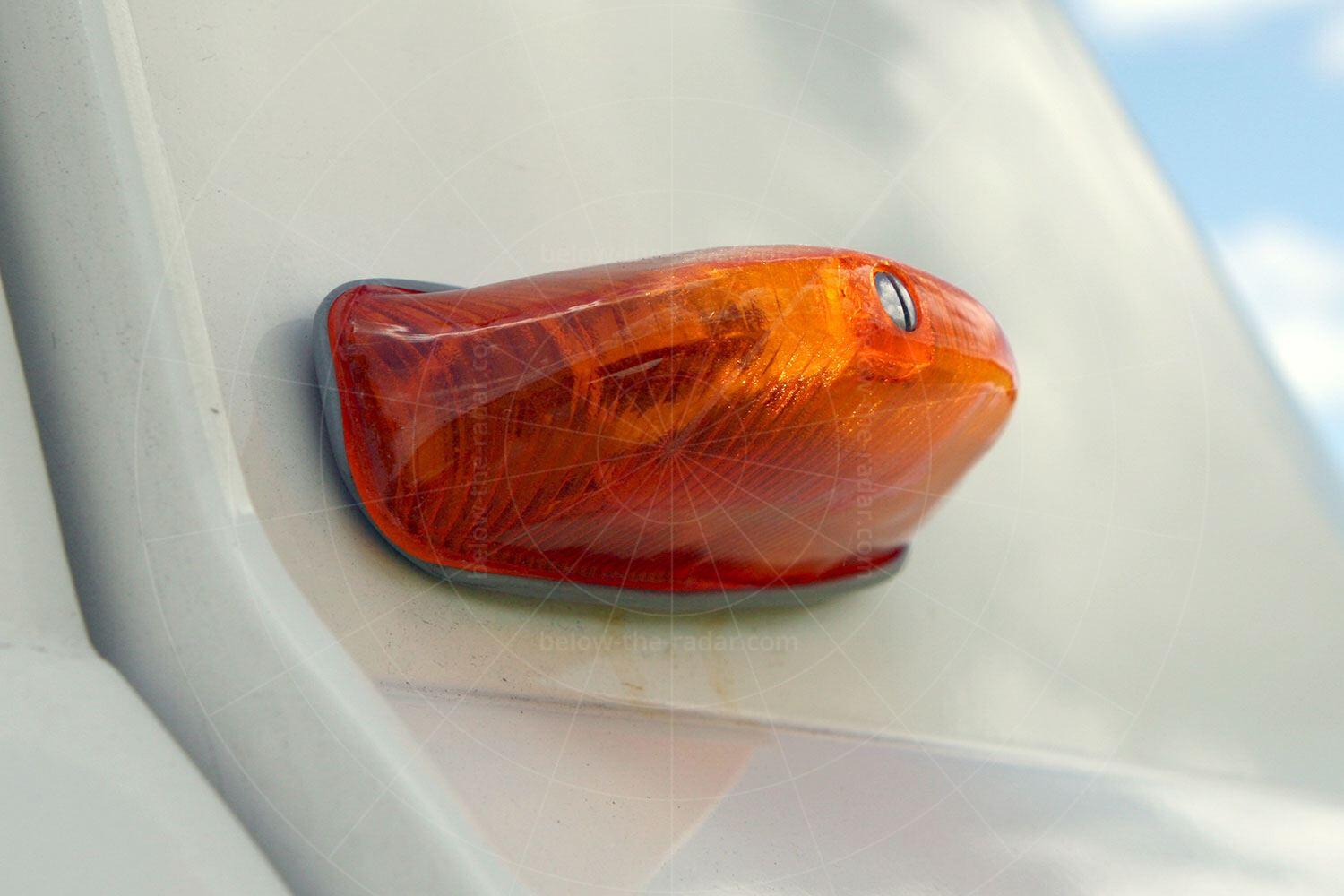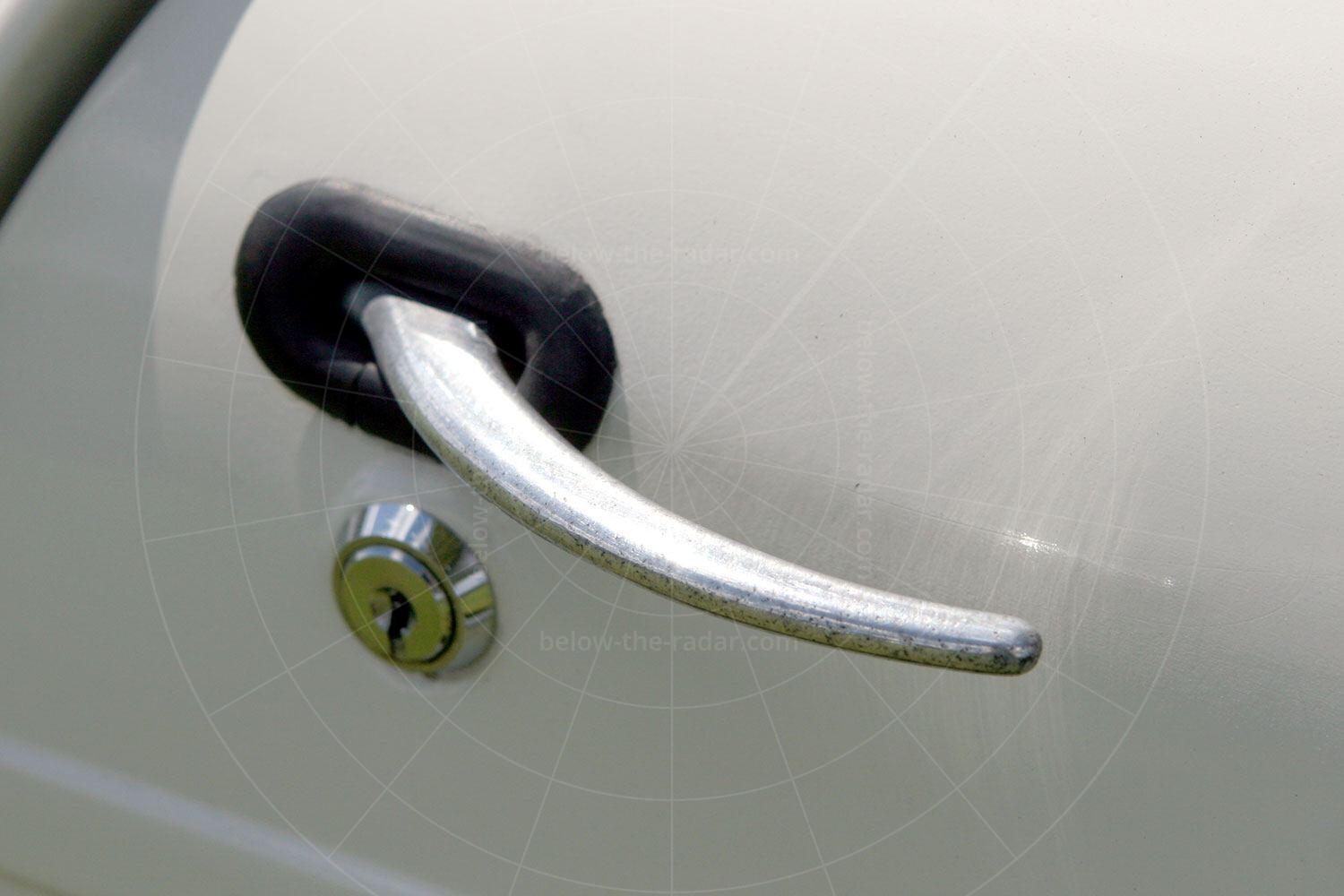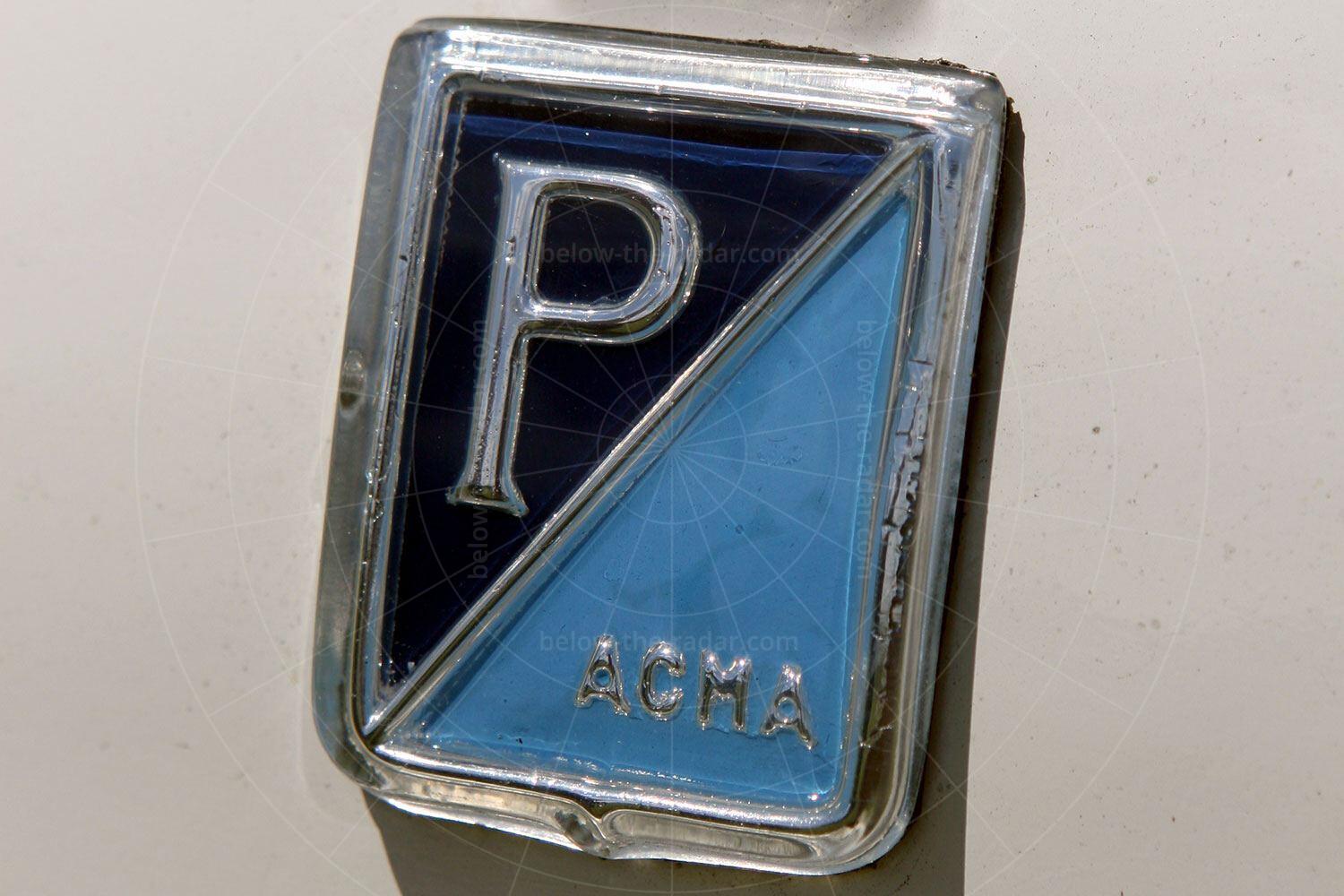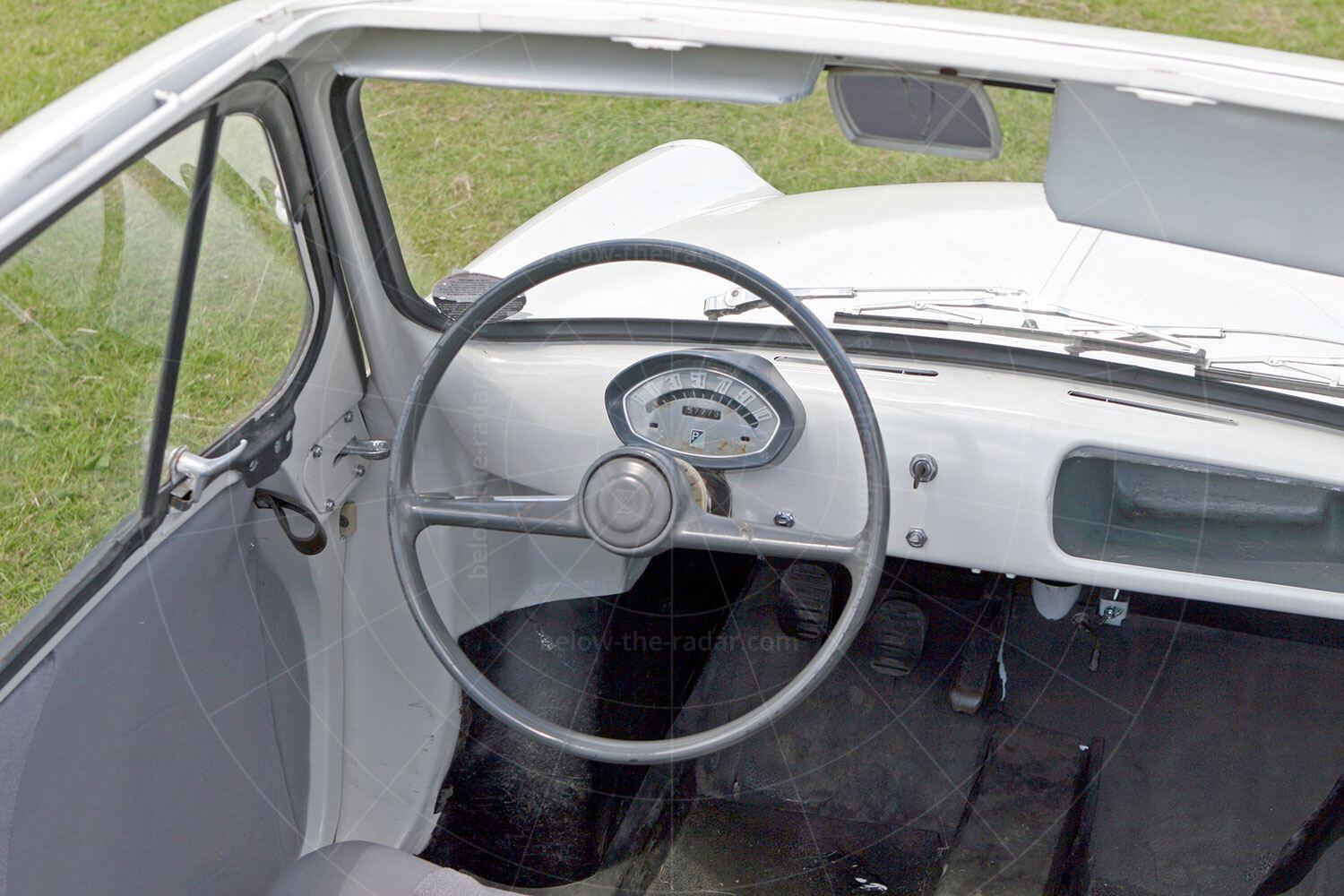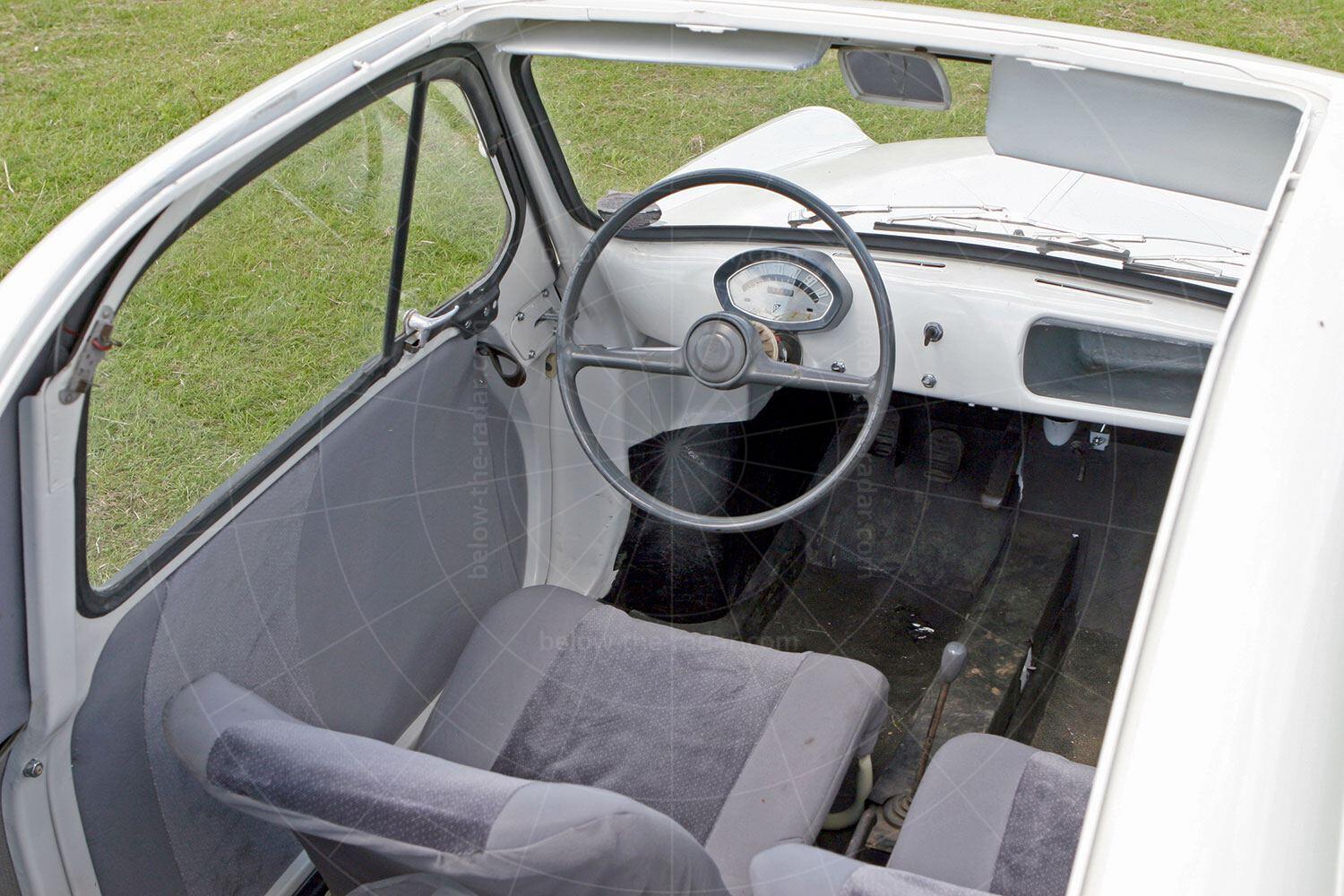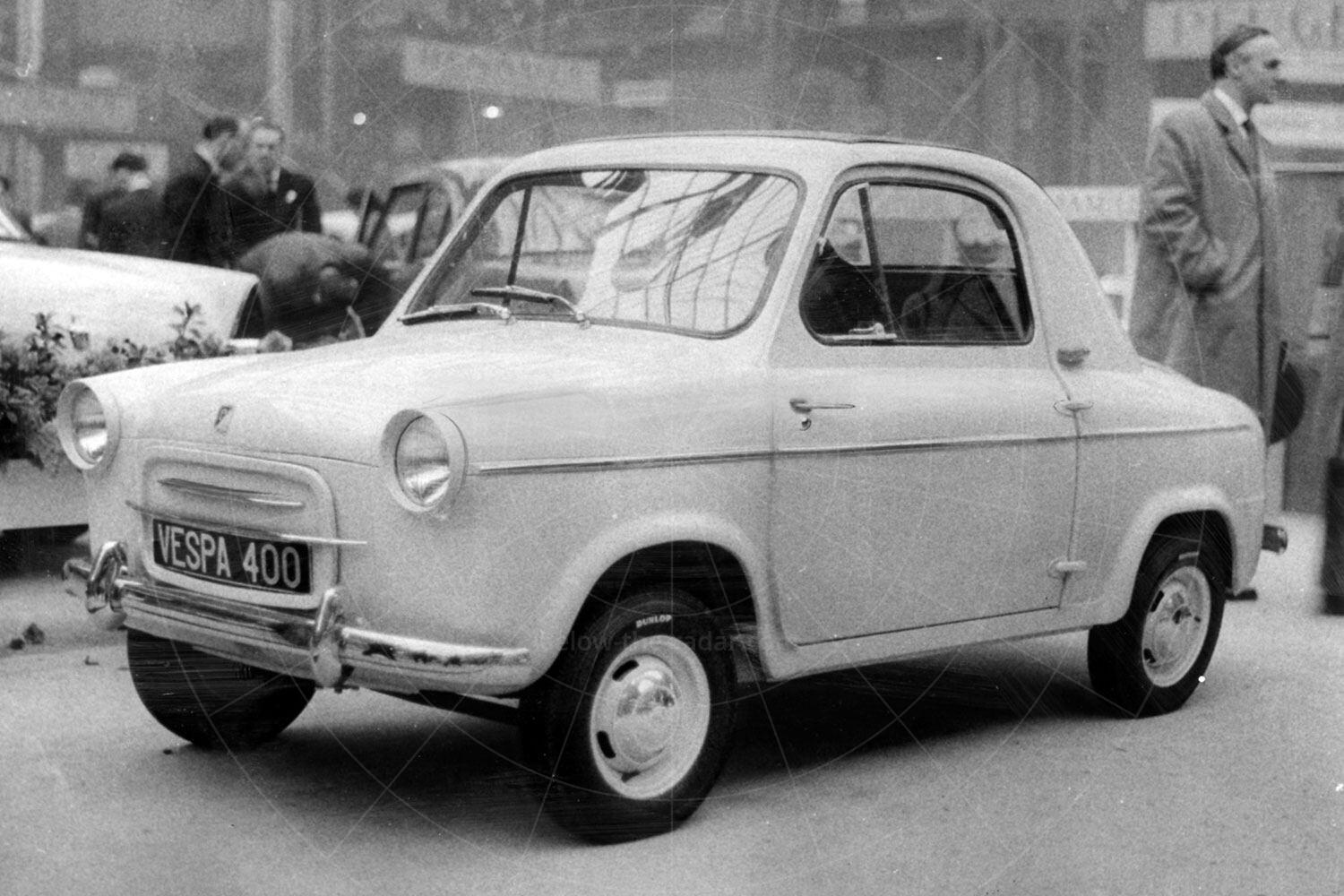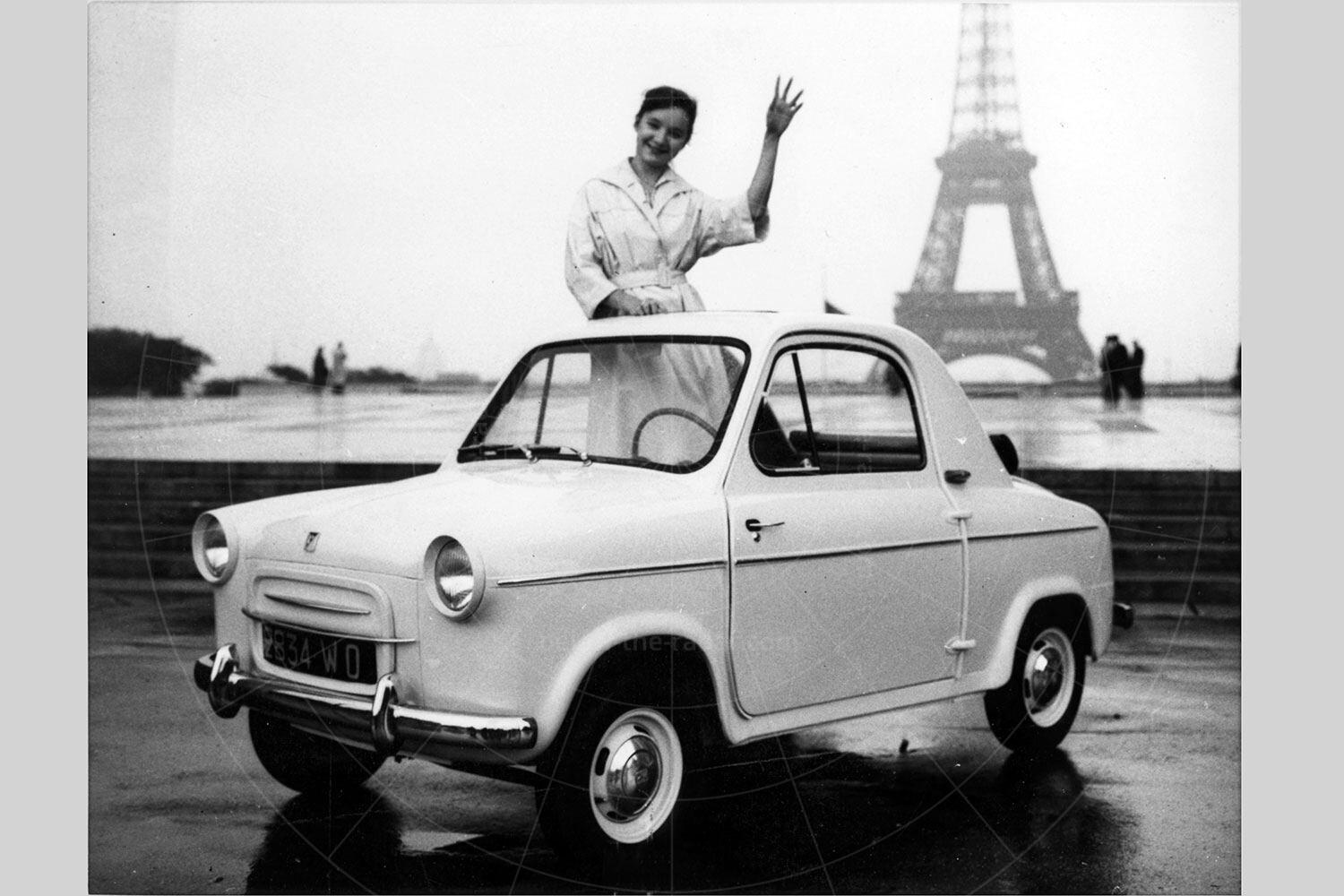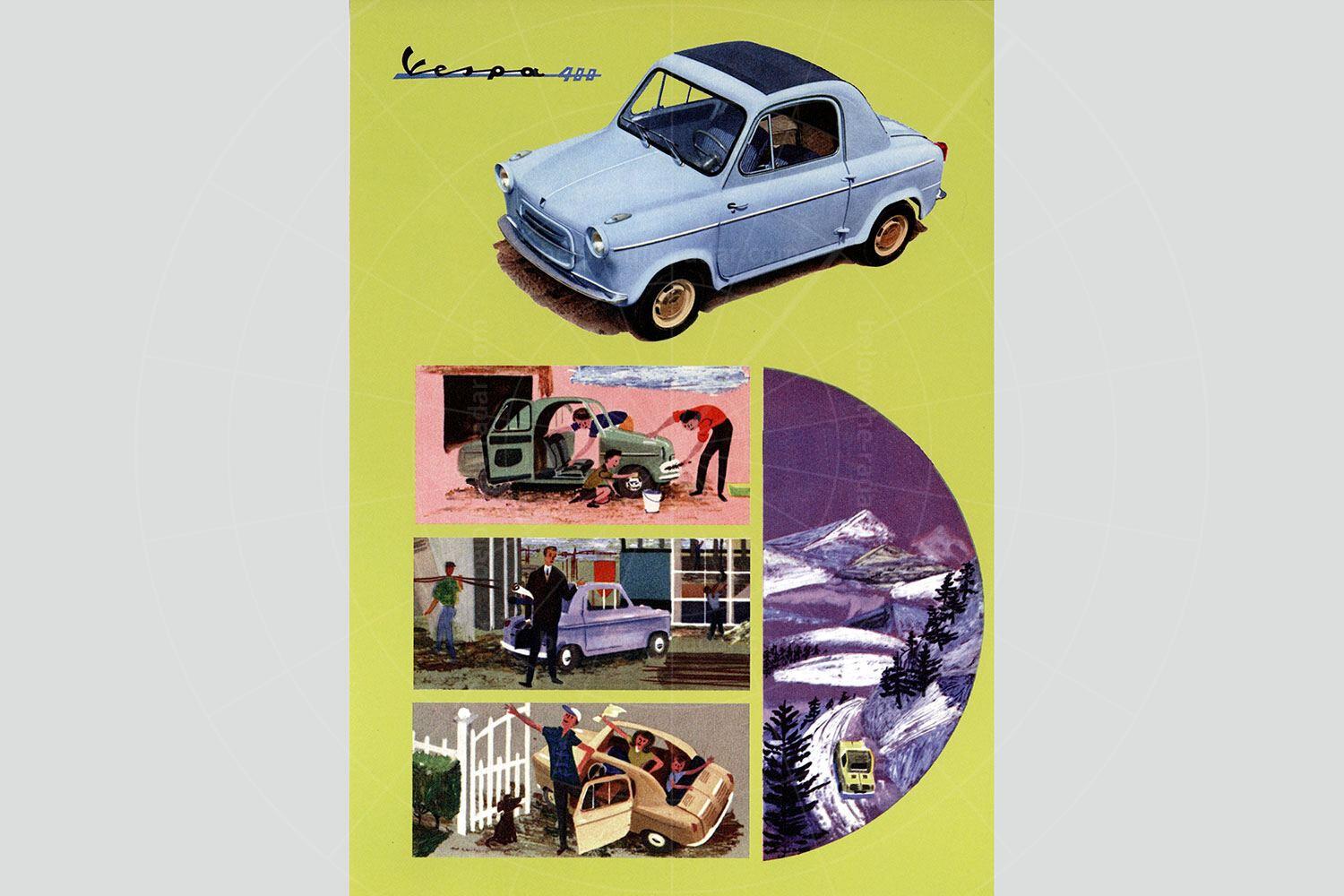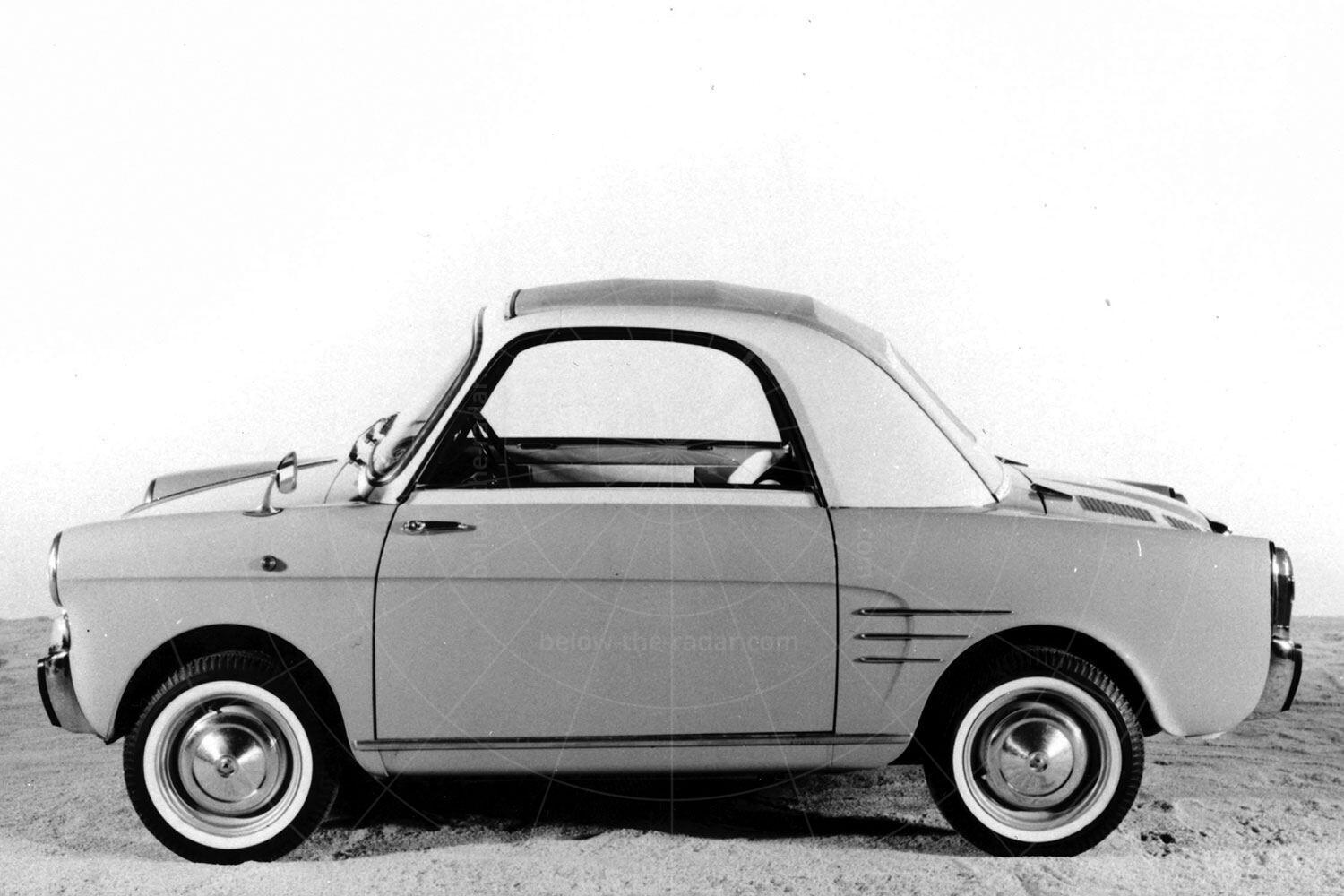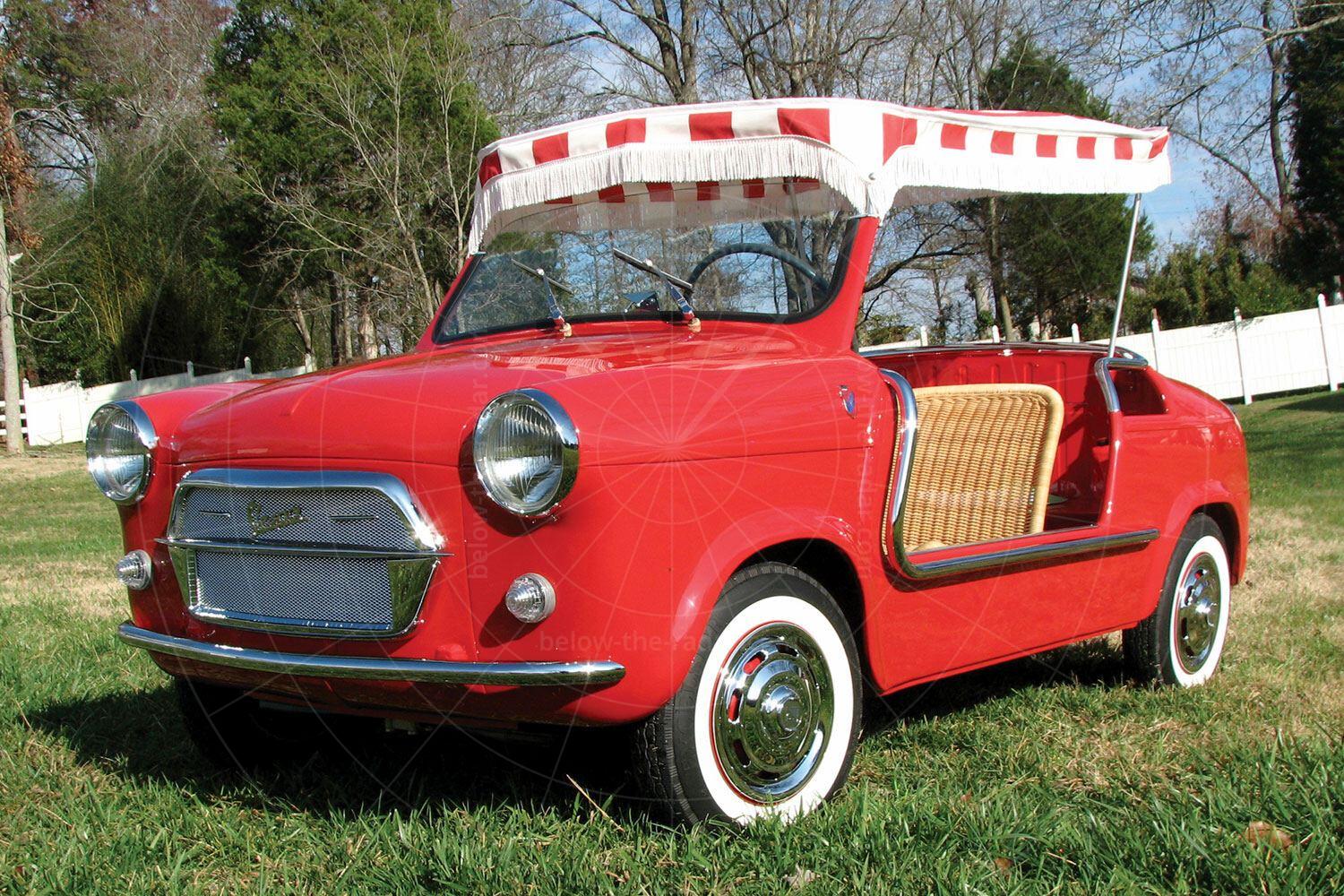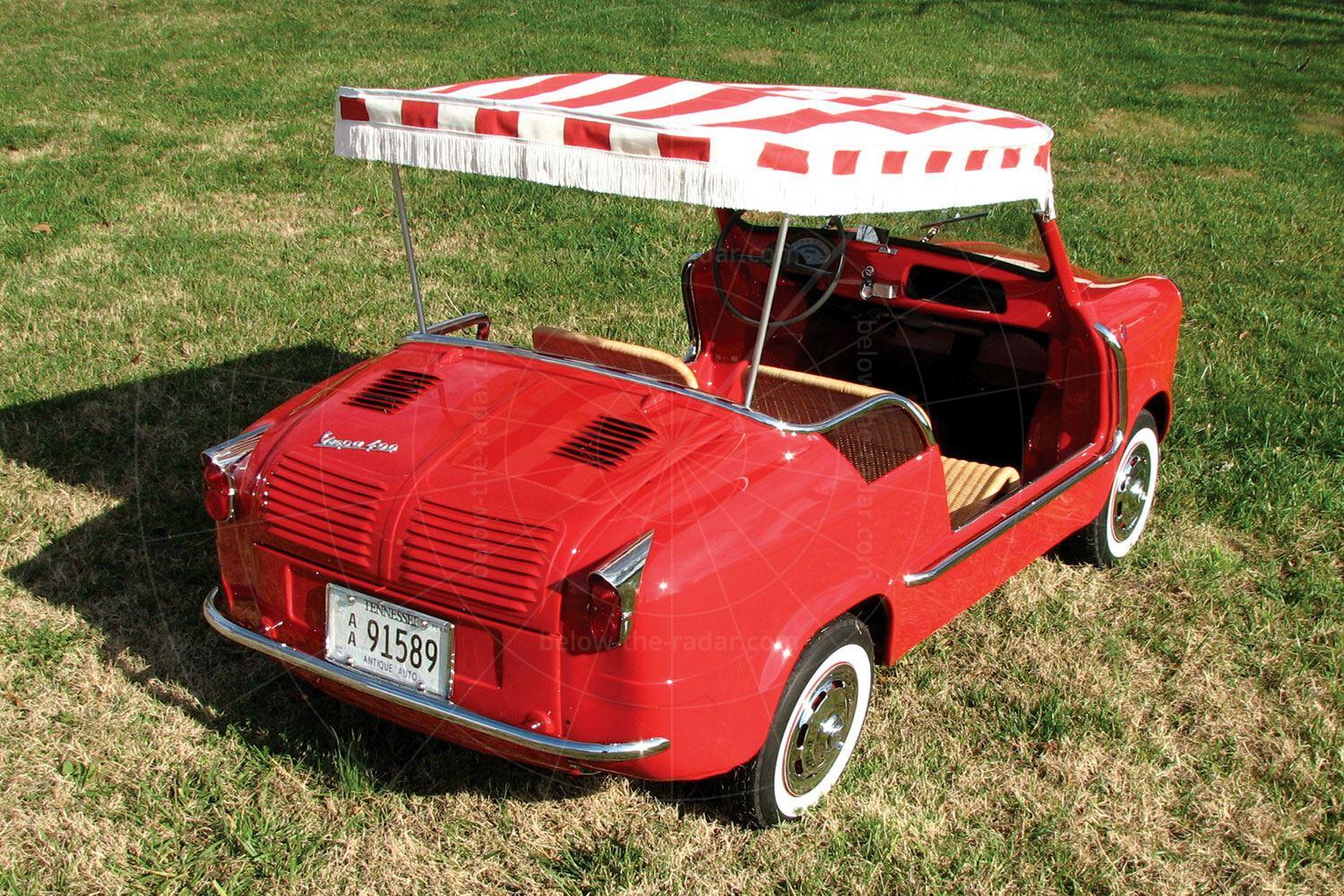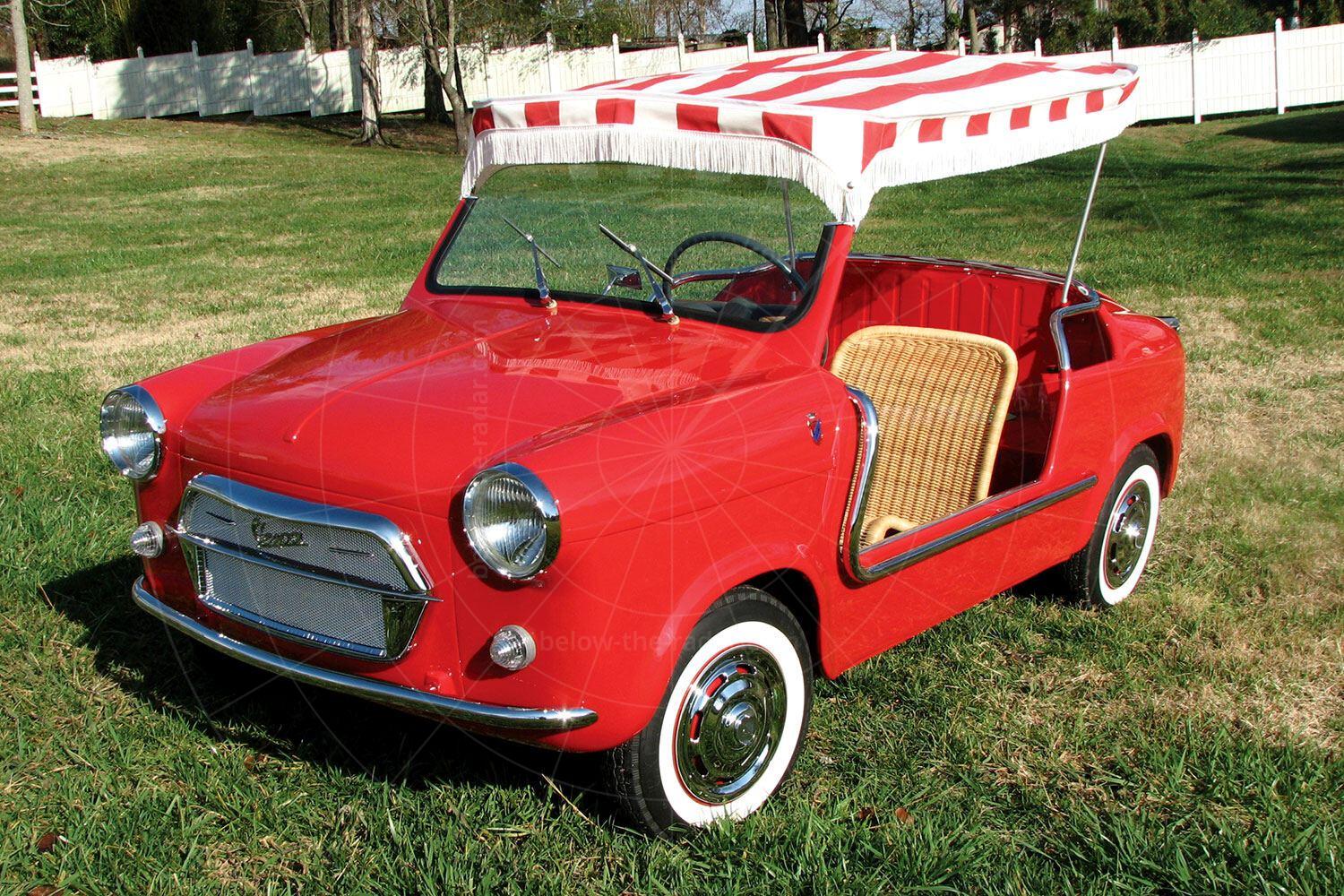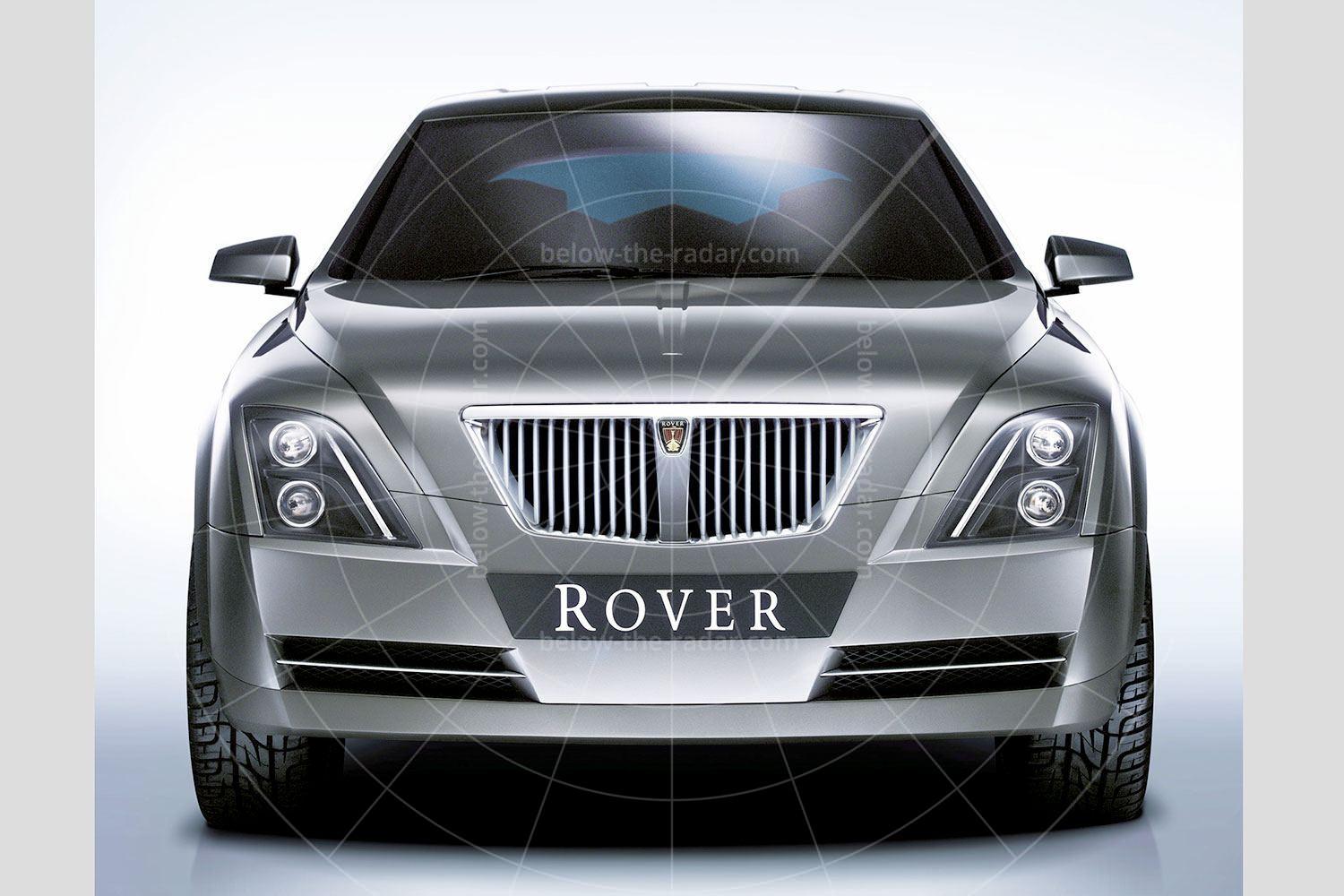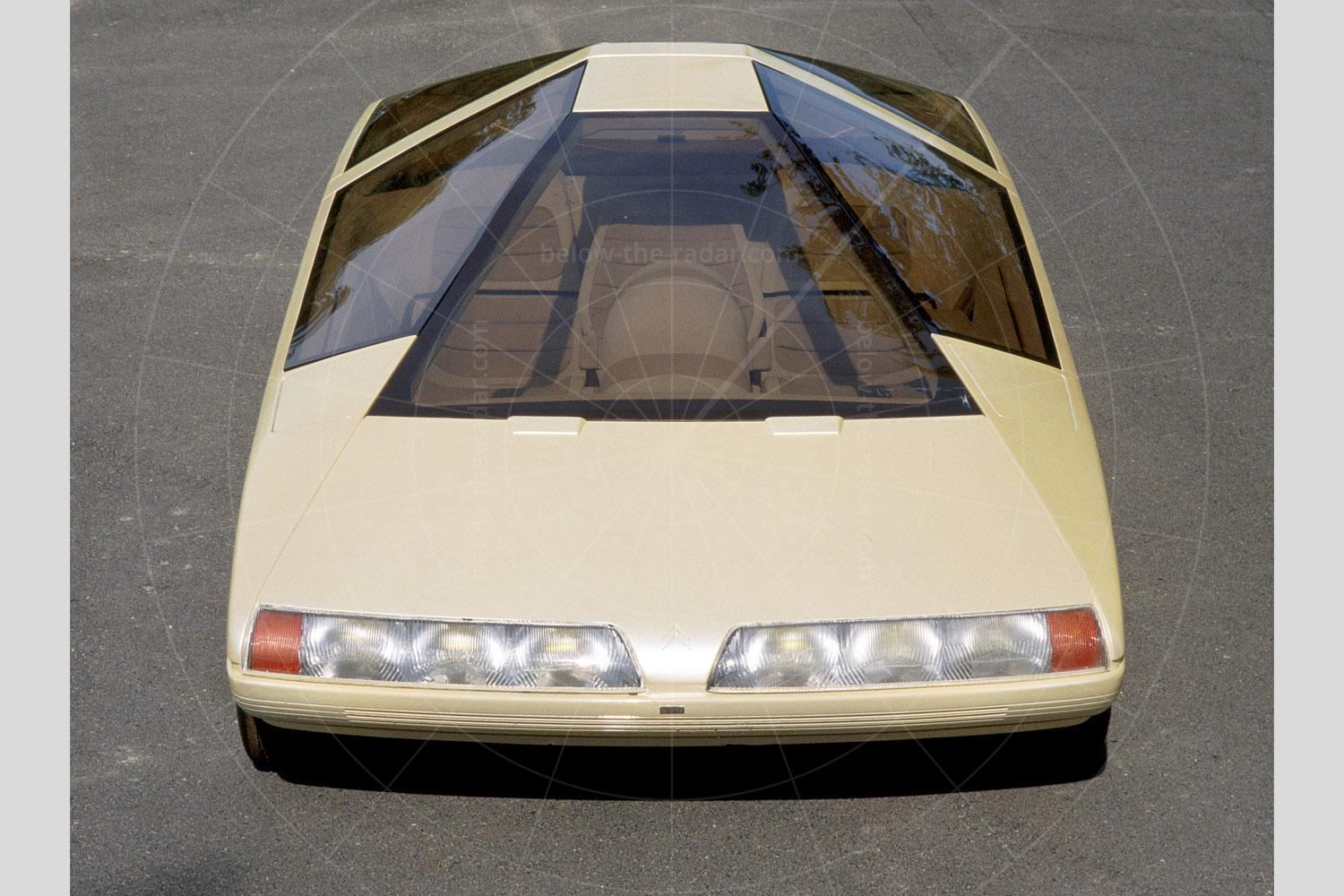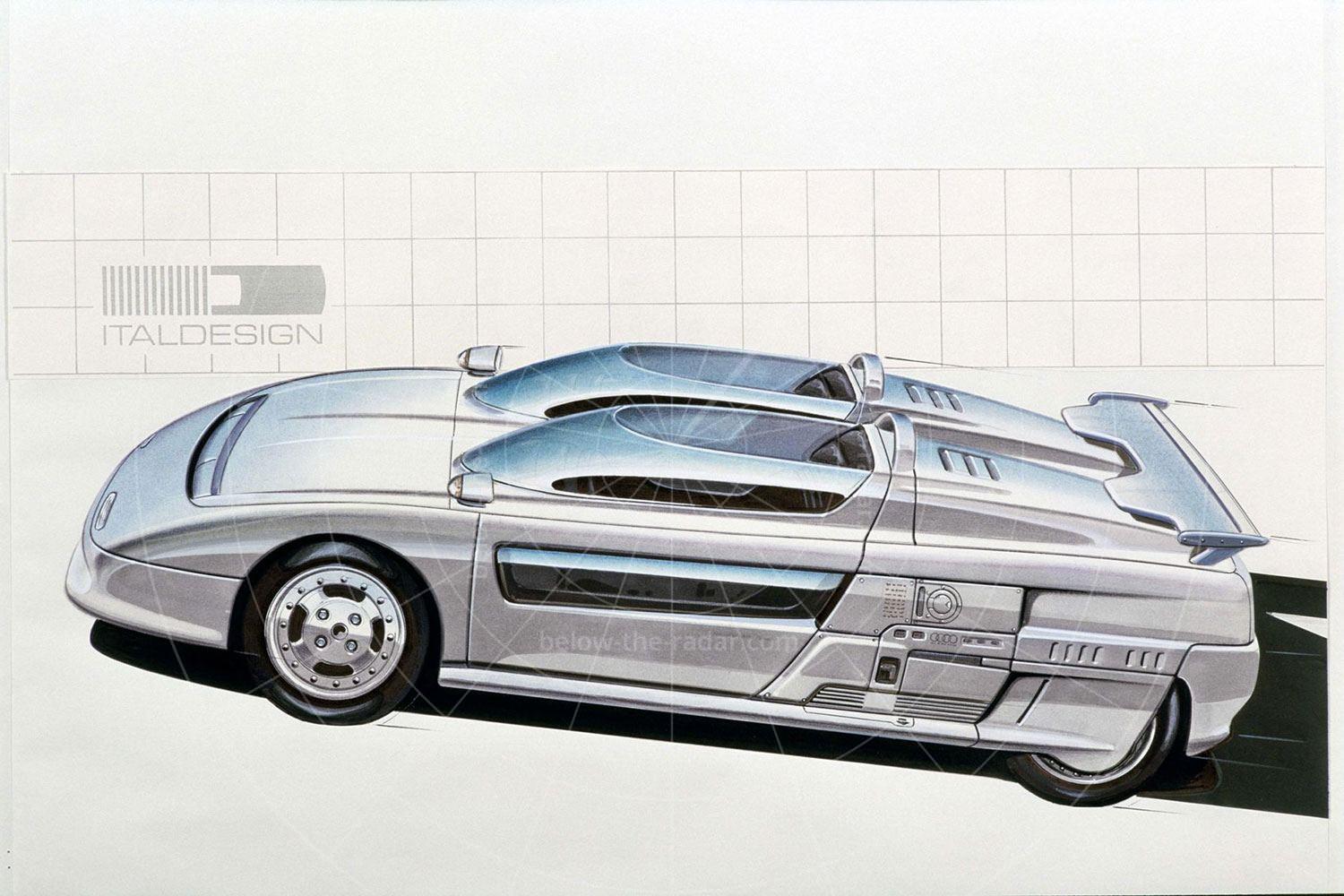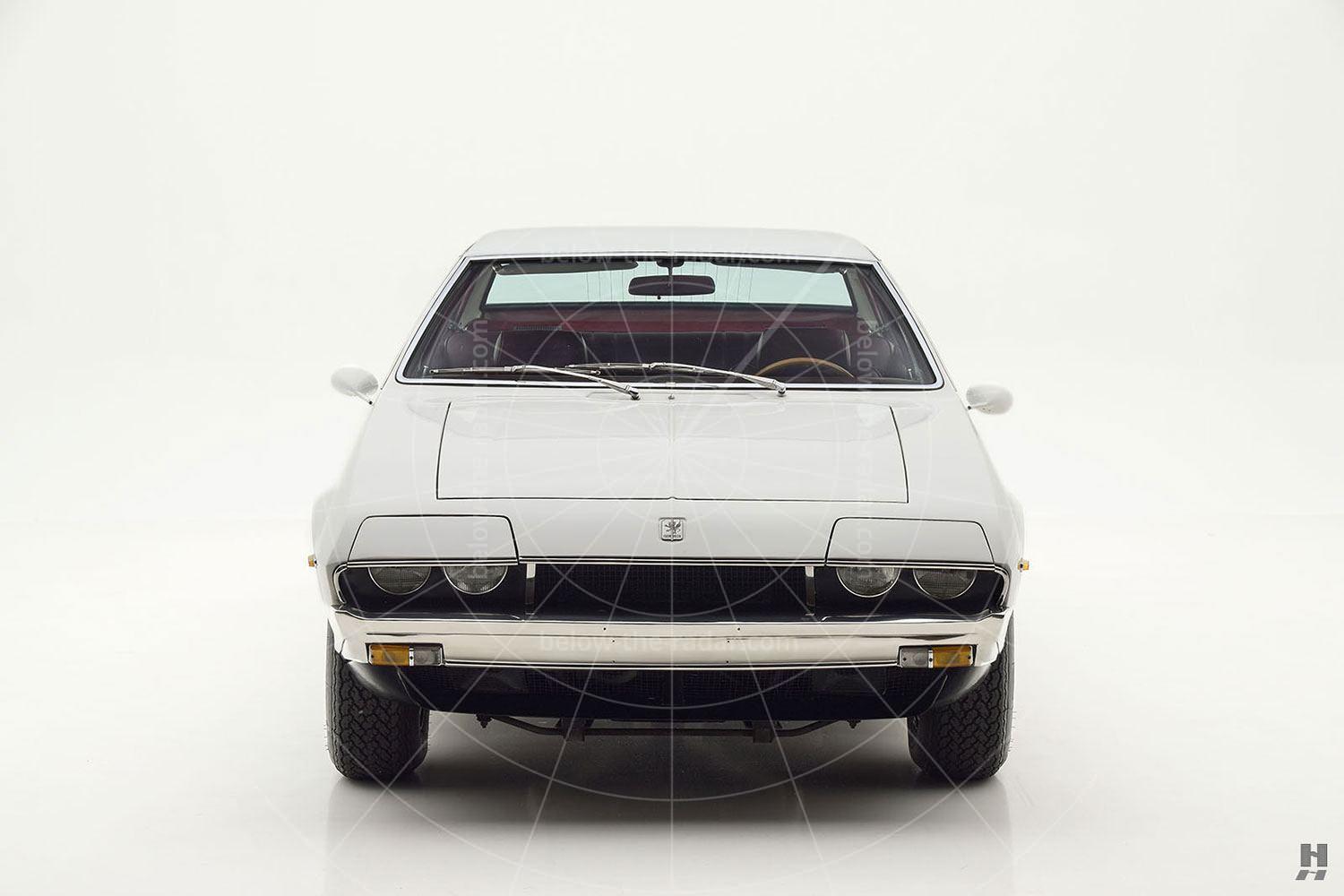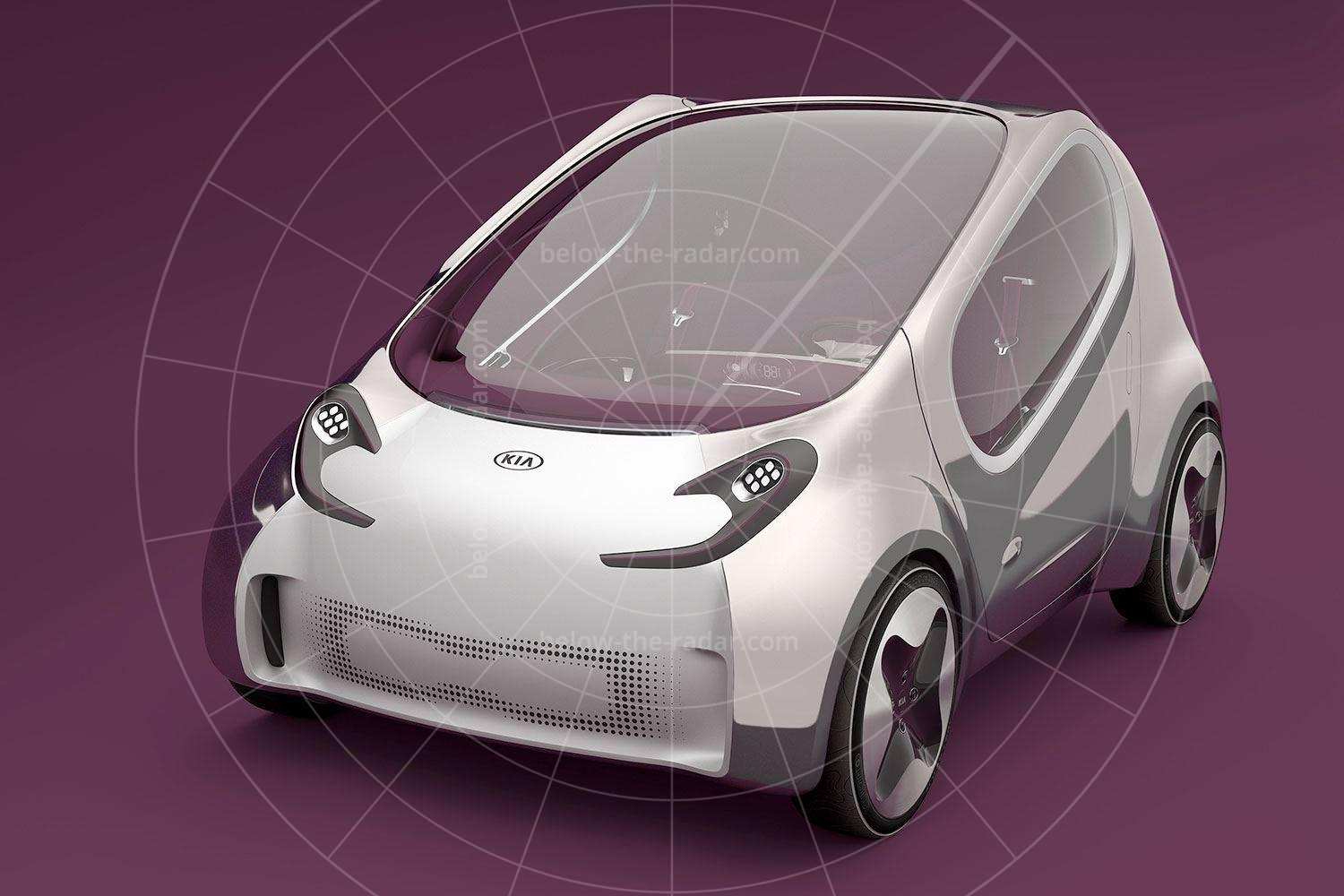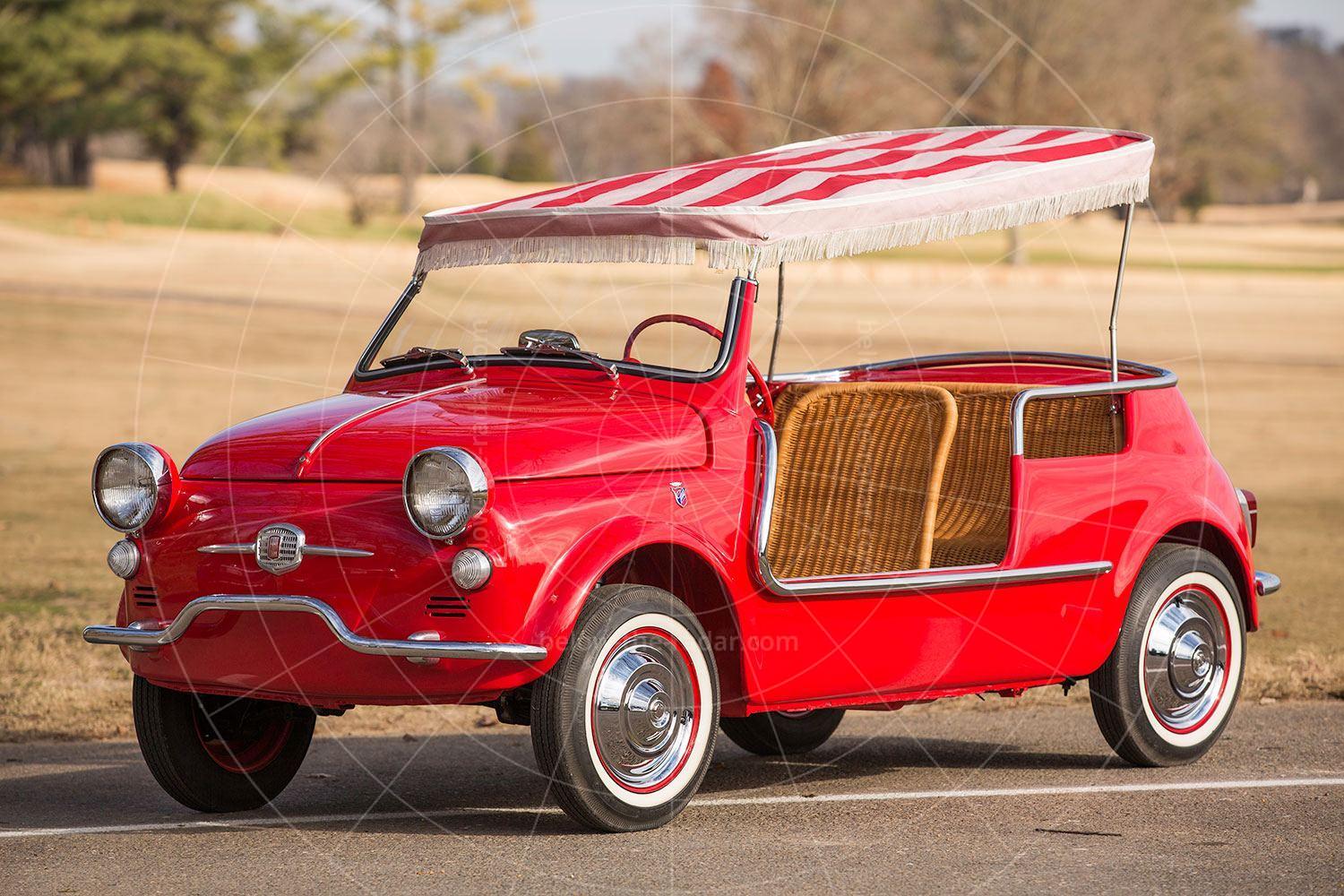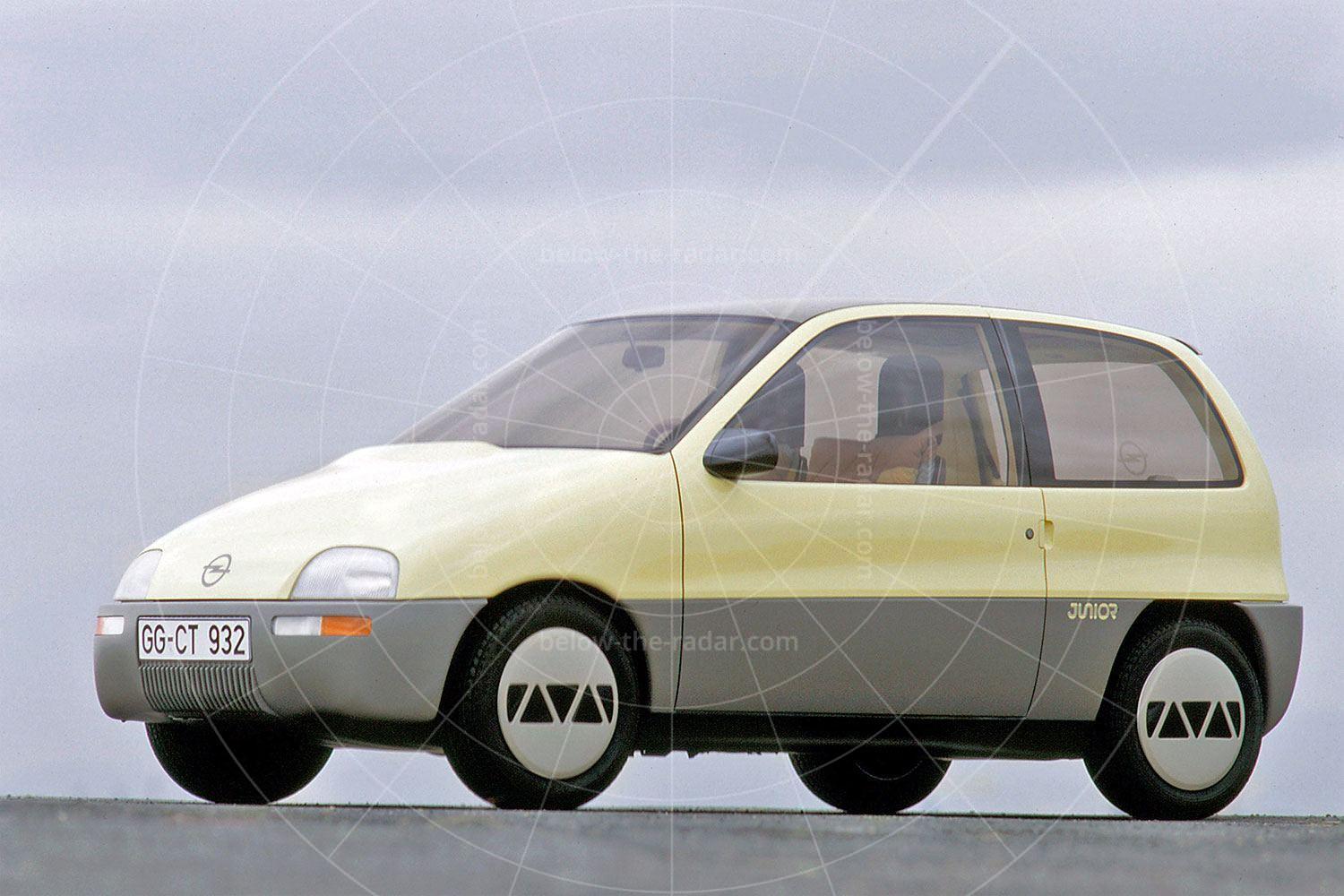When Italian company Piaggio introduced the Vespa scooter in 1946, little did it know just what an icon its two-wheeler would become. Piaggio would go on to produce millions of Vespas across dozens of different model ranges, but what's not so well known is that Vespa also made a car between 1957 and 1961, called the 400 and fitted with a rear-mounted 393cc two-stroke two-cylinder engine.
In the 1950s the economy car (or microcar) sector was booming, with dozens of companies springing up to offer small cars that were cheap to buy and run, in a bid to offer mobility to the masses. Piaggio spotted this trend and decided it would make sense to have a slice of the pie, so it developed a pint-sized two-seater car aimed largely at the French market, with the vehicle made in France rather than Italy.
It's claimed that had the Vespa been built in Italy, and hence seen as a product of that country, Fiat threatened to launch a scooter of its own in retaliation, which would have threatened Piaggio's very existence. As a result the Vespa was built in a factory in Fourchambault, because it would then be seen as a French car rather than an Italian one.
In September 1957 the Vespa 400 was revealed to the world at a lavish ceremony in Monaco. Intended to be used as a two-seater, a cushion was available to go between the seats and rear bulkhead, for small children to sit on, while cabin access was improved by the fitment of rear-hinged doors. At first the doors featured fixed glass with opening quarterlight, which increased the amount of interior space, but sliding windows were fitted from 1960.
At 9ft 5in long the Vespa 400 was five inches shorter than a Fiat 500 (also launched in 1957) and eight inches shorter than a Mini (which wouldn't arrive until 1959). But despite its diminutive proportions the 400 was very usable. There was no boot at all; the nose was filled with the two occupants' feet, along with the battery on a slide-out tray, while the rear of the car was filled with that throbbing two-cylinder powerhouse. But there was reasonable luggage space behind the front seats, and with the standard-fit canvas roof rolled back, the Vespa's cabin felt even more spacious than it really was.
Despite its small engine that offered just 14bhp, the Vespa was reasonably perky thanks to its light weight; without any occupants it tipped the scales at just 350kg, and even with two adults on board this typically increased to just half a ton, so it could cruise all day long at 45mph, returning around 50mpg. The five-gallon fuel tank provided a 250-mile range, which was ample for what was intended to be a second car for most buyers, who would use it mainly on local journeys.
Sales got off to a strong start, with 12,130 Vespa 400s sold in 1958, the first full year of production. Unfortunately that turned out to be the best year for the car, with sales dropping to just 8717 the following year. Built almost exclusively with left-hand drive, the Vespa 400 proved popular in mainland Europe and 1700 cars were sold in the US, but it was never imported to the UK, which is why it took until 1959 for The Motor to test one, in France. Clearly expecting the Vespa to be as basic and uninspiring as many of its on-paper rivals, The Motor was very impressed overall by the Vespa, finding it far more competent than the price and size suggested it would be. The testers wrote:
Helped by the well-sprung seats, ride comfort is unusually good for such a small car. The Vespa follows French fashion in riding better, comparatively, over very poor surfaces, such as back-street pavé, than over indifferent main roads where the short wheelbase and light weight are more noticeable at the car's habitual 50mph maximum and cruising speed. Although there is no sign whatever of mechanical strain under these conditions, the quick motion and the sound of a small engine can become tiring over long periods. In fairness it must be said that much noisier small cars have been tested by The Motor, and that in any case a large proportion of the potential buyers are foreseen as urban or suburban motorists who will be content to cruise at a quieter 40-45mph.
There is little to distinguish the Vespa from a normal family car, apart from its size. The car's one really different feature is its two-stroke engine which is unusual simply for being a two-stroke in many countries, and unique where the method of lubrication is concerned. There was sceptical criticism at the first announcement of the car when it was made known that the recommended proportion of oil to be mixed with petrol was only 2%, or less than half the amount usual for British two-strokes. The recommendation has, however, been amply proved in practice, and while no period of hard driving has an appreciably adverse effect on the Vespa, it has none of the usual two-stroke smoke trail from its tail pipe. Further, expense and difficulty in obtaining the right mixture from petrol stations has been avoided by a clever metering device in which the oil from a separate 4 ½-pint reservoir can be pumped into the fuel tank in the correct proportion for any volume of petrol. At the worst consumption obtained on our test, the amount of oil consumed was about equivalent to regular oil changing on many medium-sized saloons.
In performance, the 393cc unit, developing 14bhp at 4700rpm, is astonishingly flexible, pulling gently but quite smoothly away from no more than 15mph in top gear. For covering long distances the Vespa's biggest limitation is probably the three-speed gearbox which restricts speed to about 35mph on prolonged hills steeper than the one in 17 gradient climbable in top gear, but there is a very obvious increase in performance when this very light car contains only the driver, with no luggage.
Depressingly few Vespa 400s have survived, with many scrapped decades ago because of a tendency for the gearboxes to seize up. They had a habit of leaking oil, and owners rarely checked the level, so when their transmissions failed they threw their Vespas away rather than repairing them. Which is a shame because Vespa 400s are now worth plenty as they're highly prized among those who know about the car's existence.
| Vital statistics | |
|---|---|
| Produced | 1957-1961, France |
| Number built | 30,076 |
| Engine | Rear-mounted, 393cc, 2-stroke, 2-cylinder |
| Transmission | 3-speed manual, rear-wheel drive |
| Power | 14bhp at 4700rpm |
| Top speed | 52mph |
| 0-40mph | 23 seconds |
| Price | Ff351,725 (£255) for the Vespa 400 DeLuxe in 1959 |

